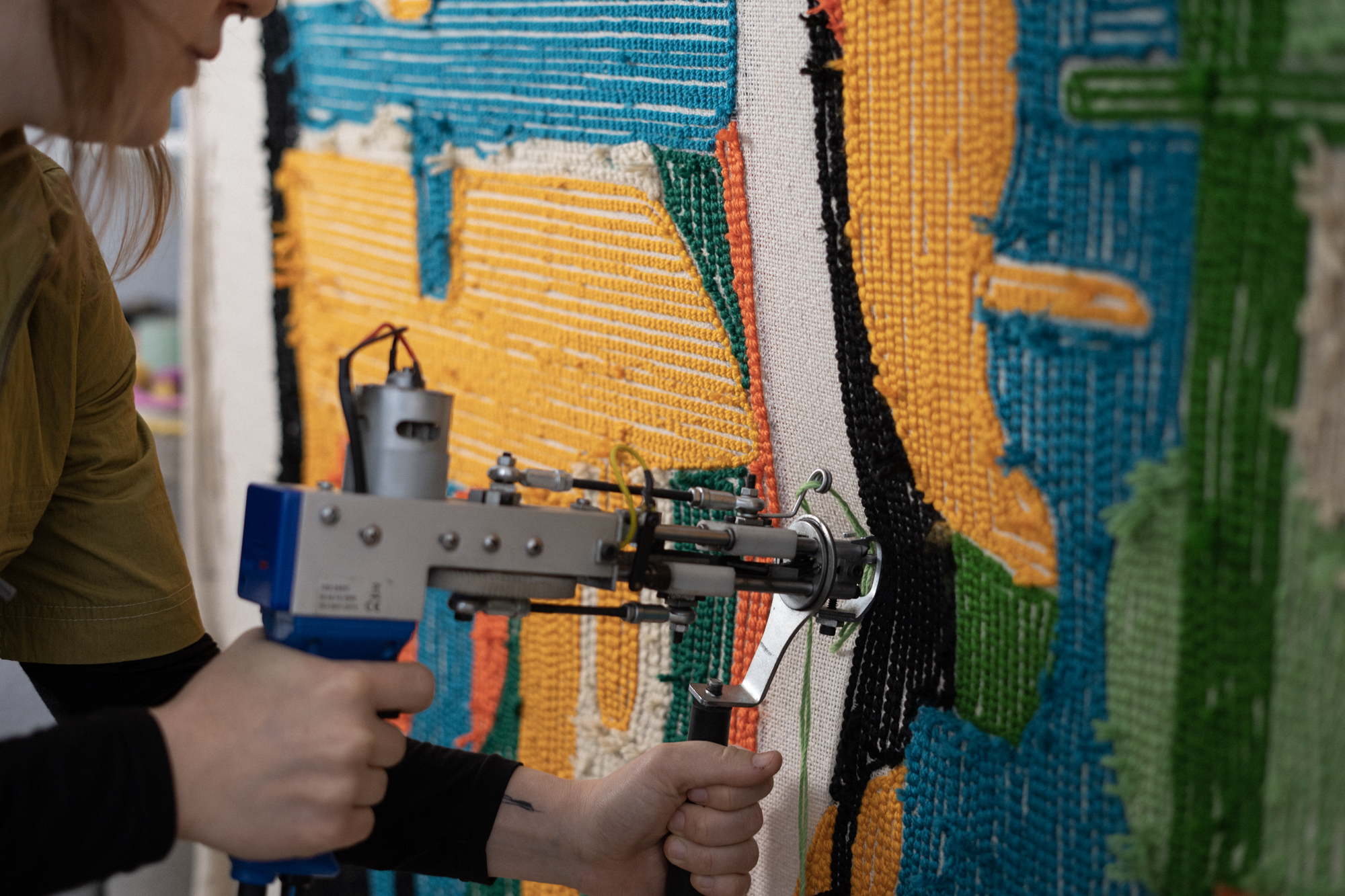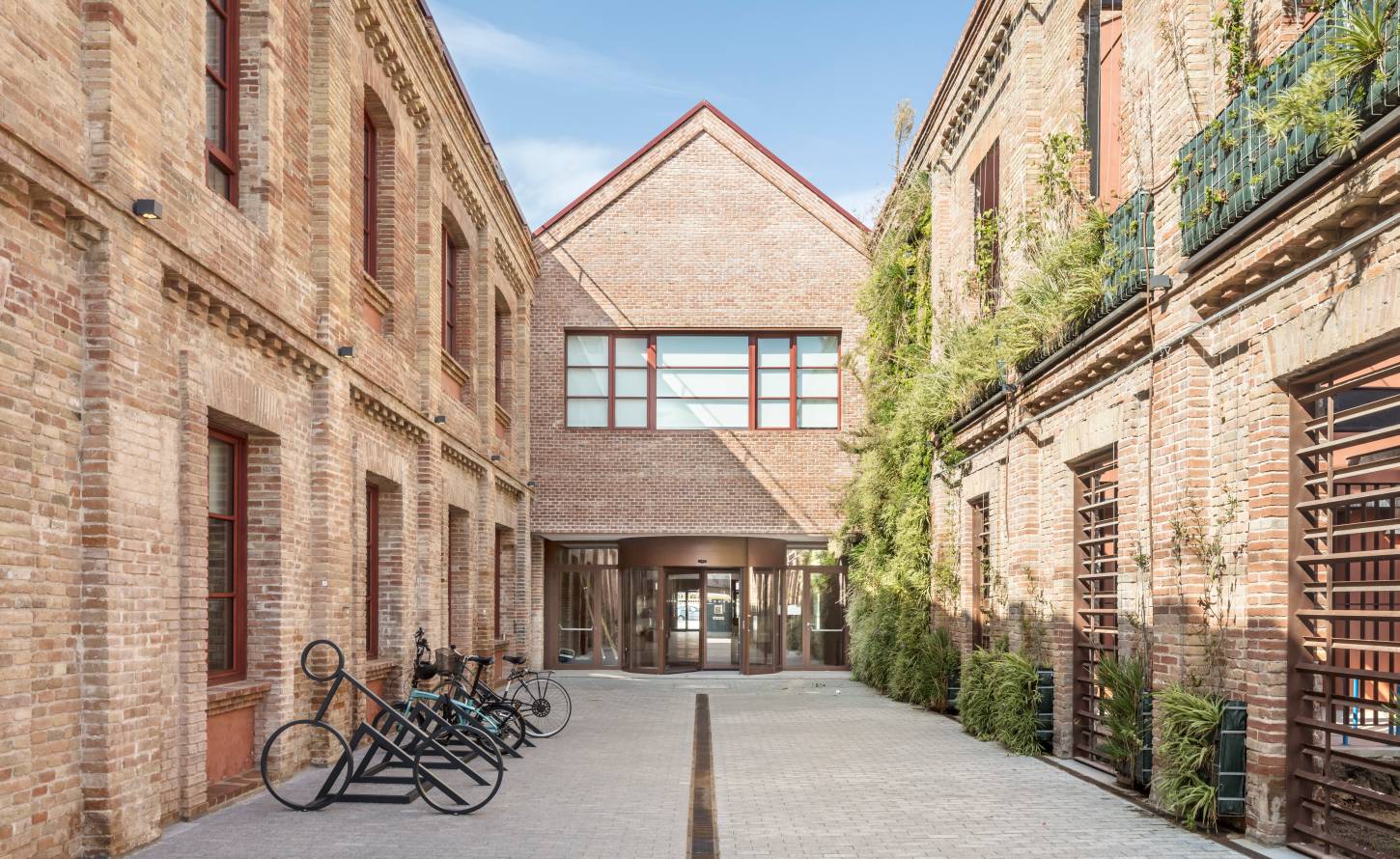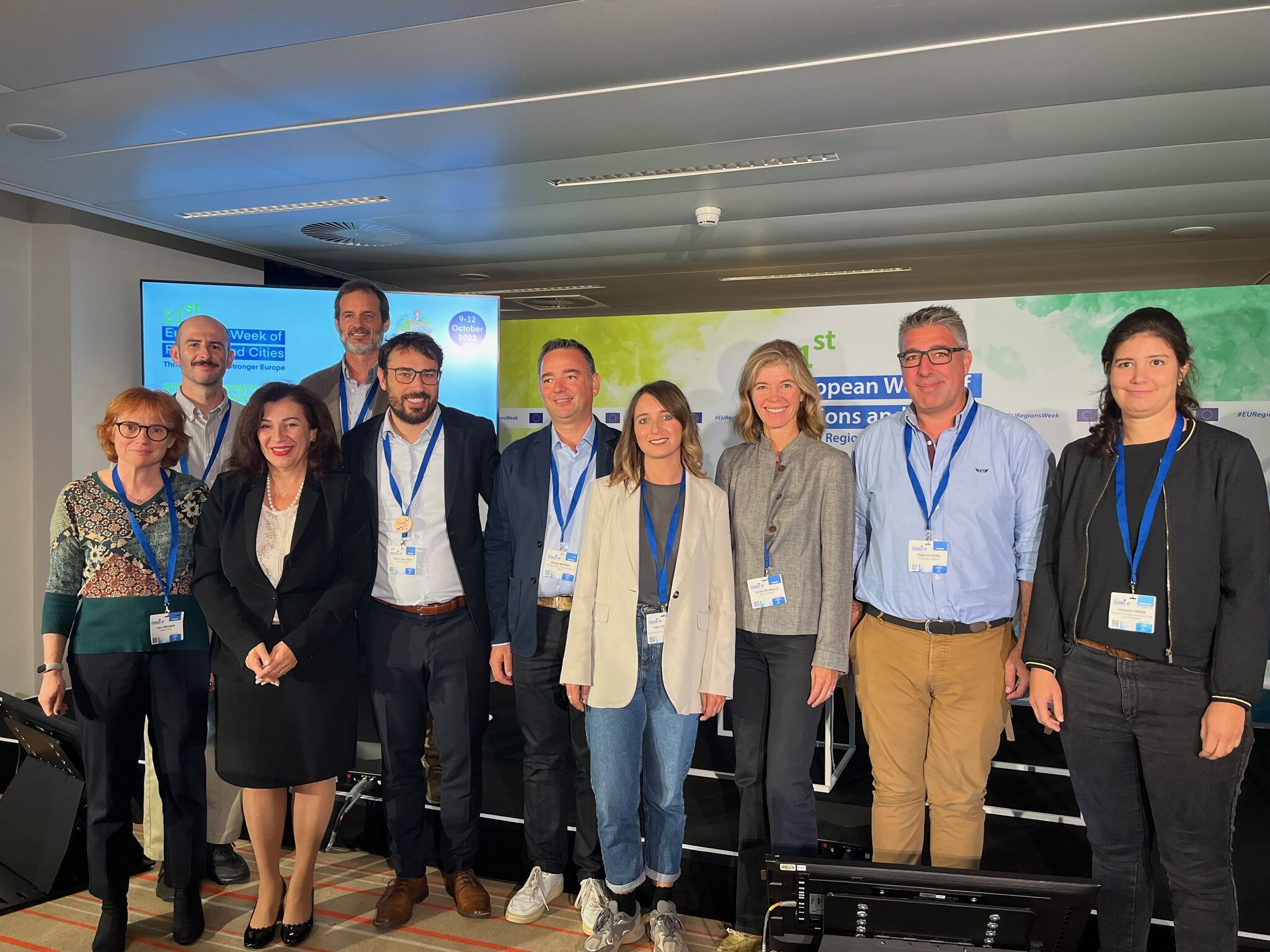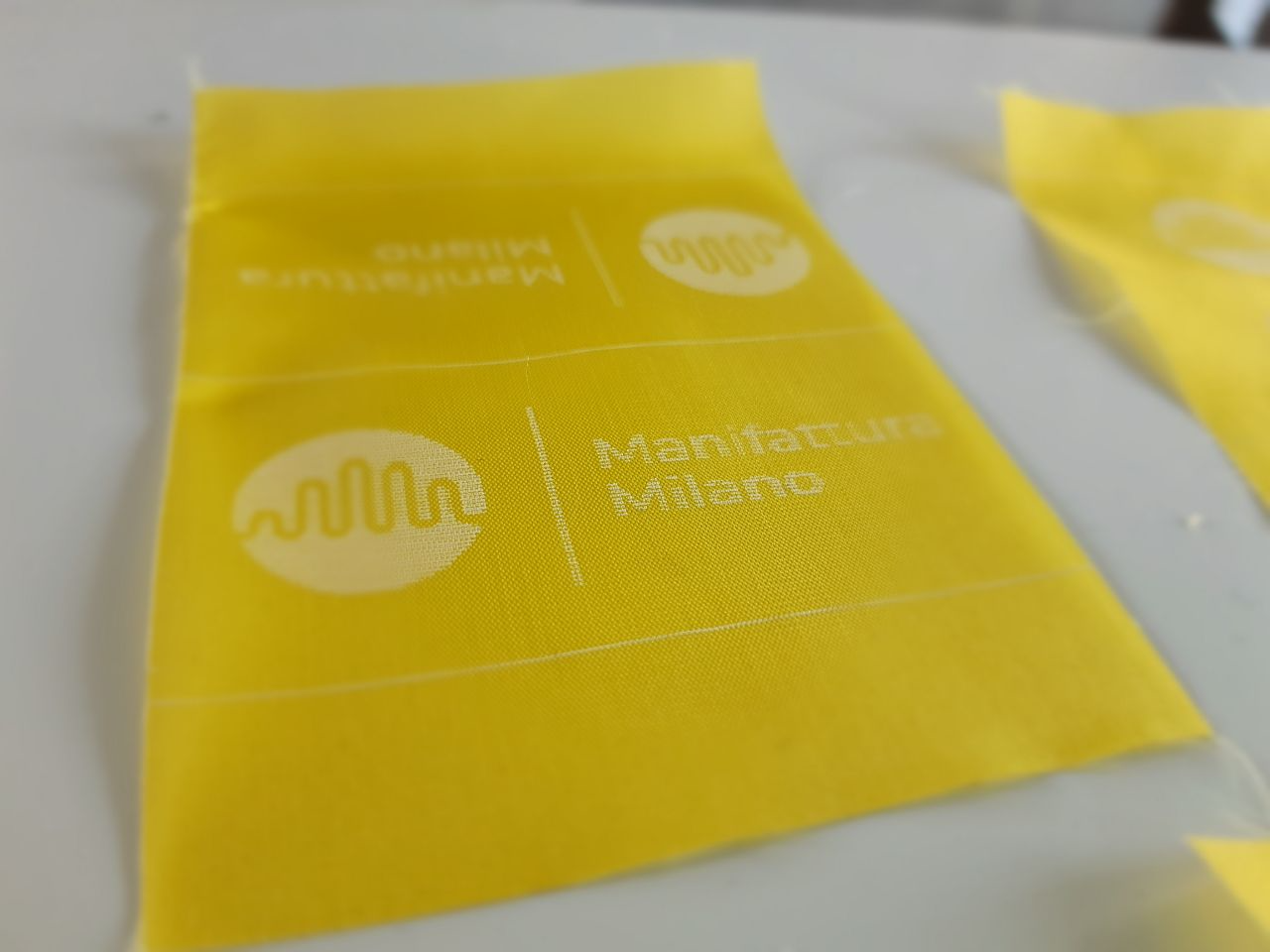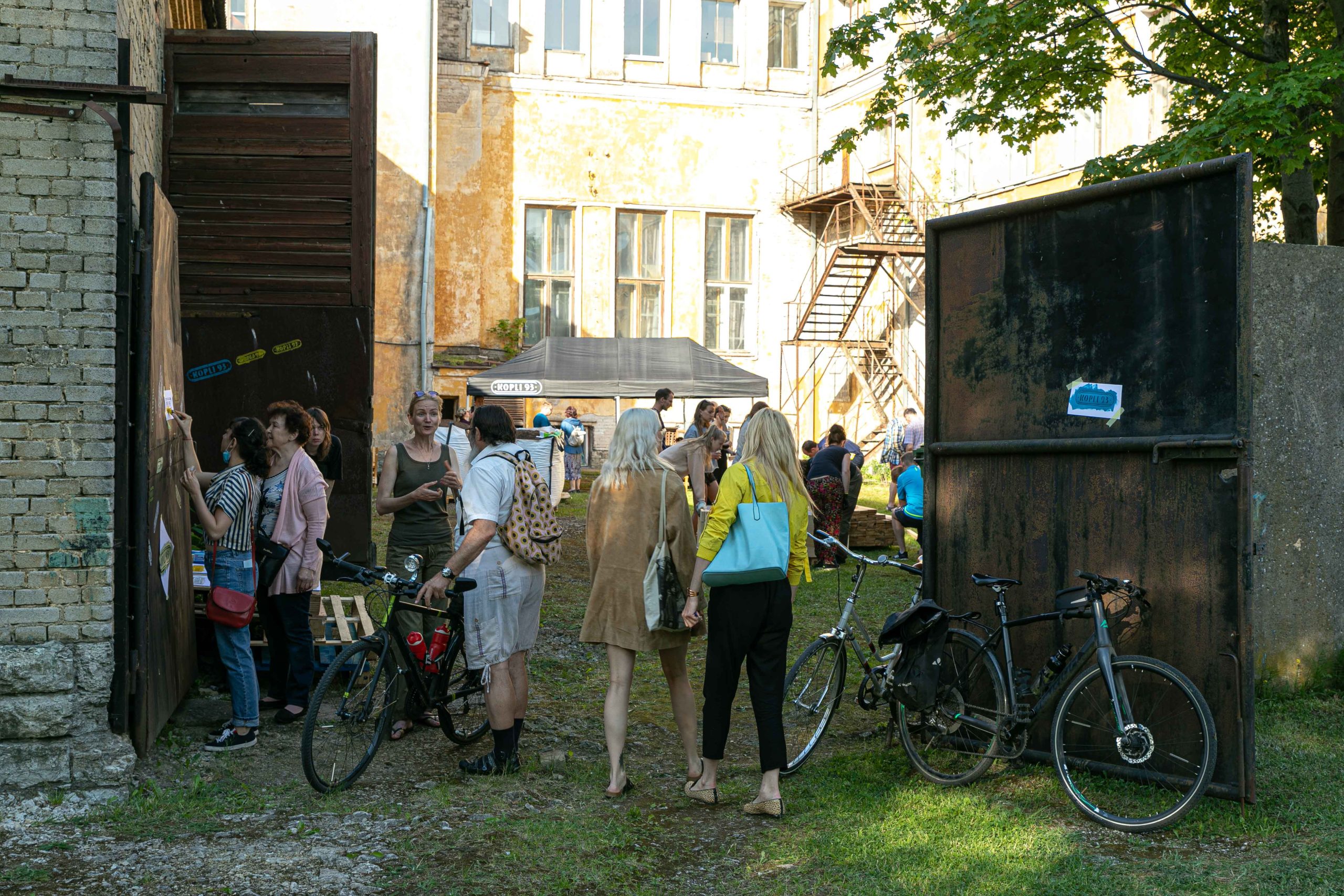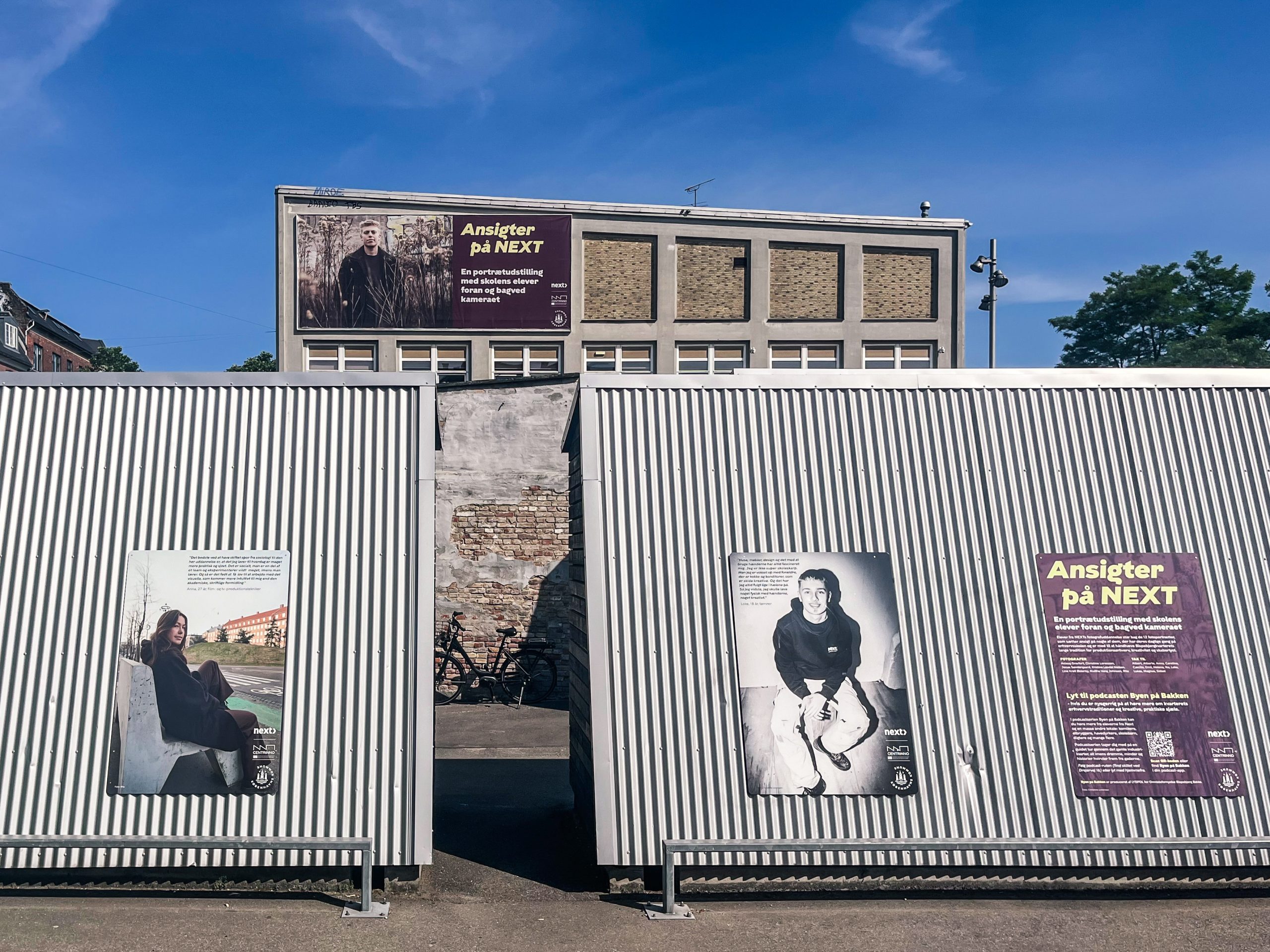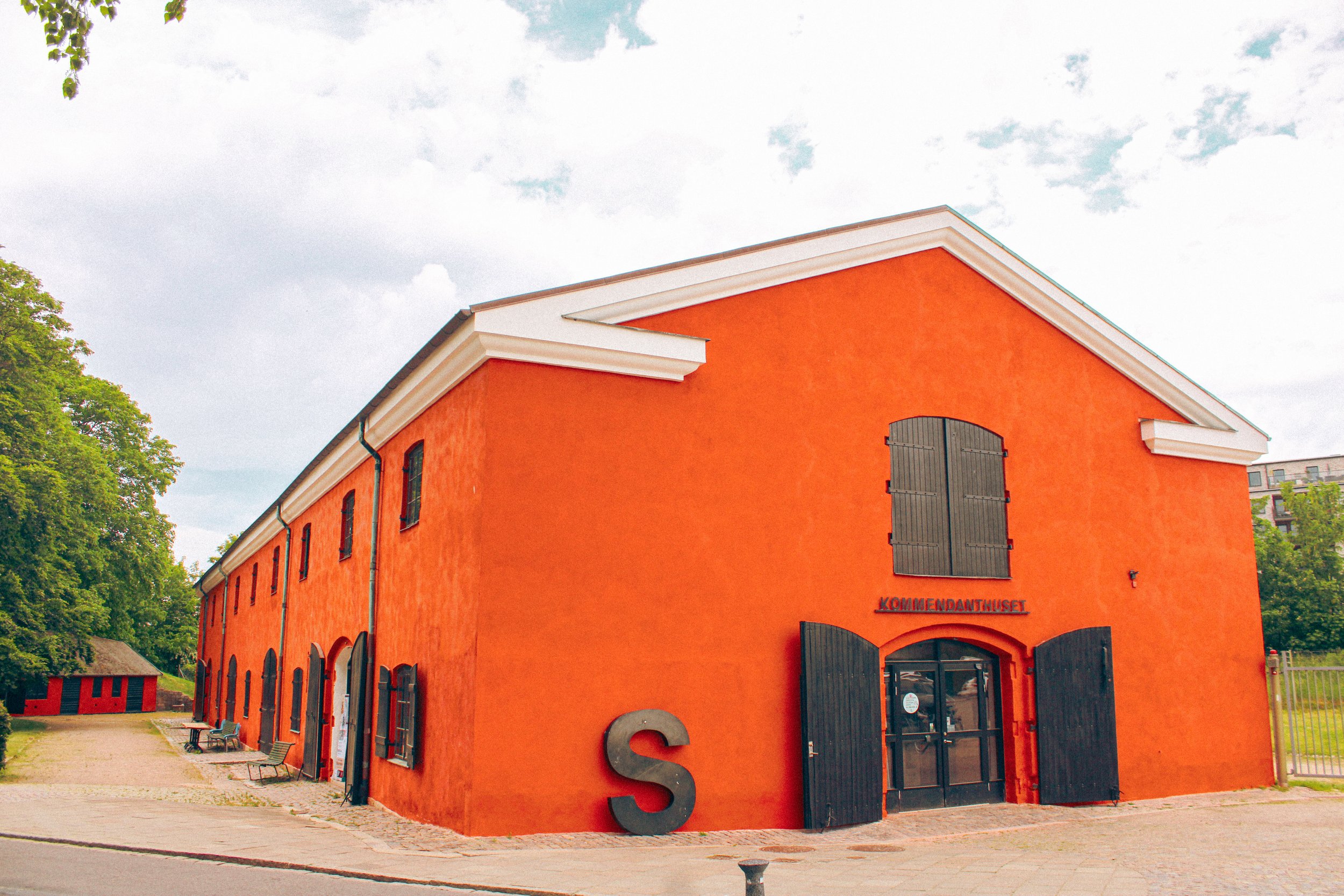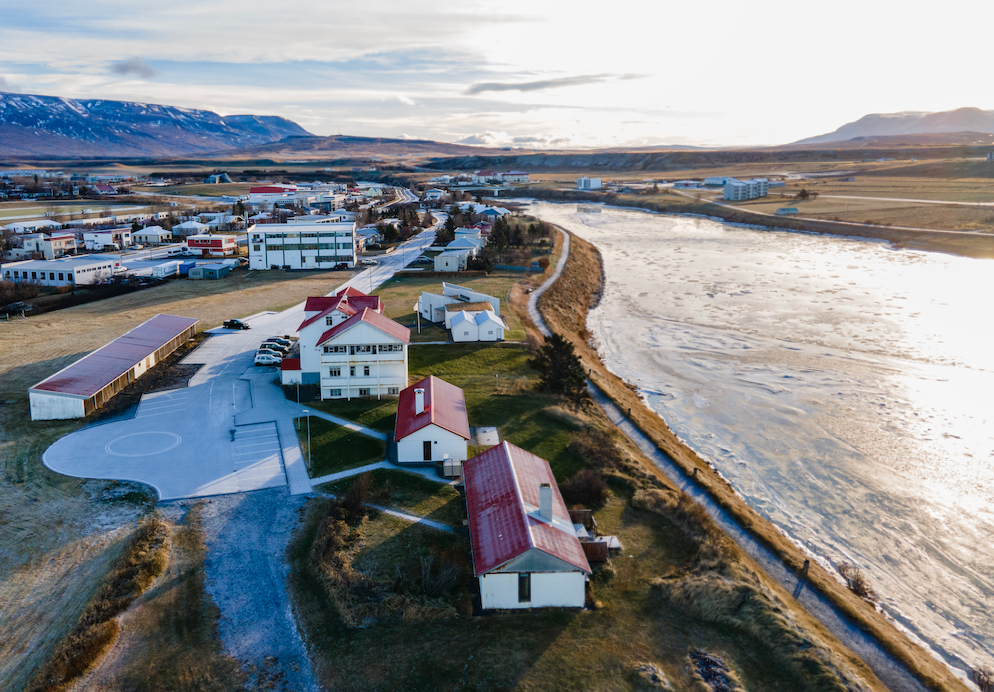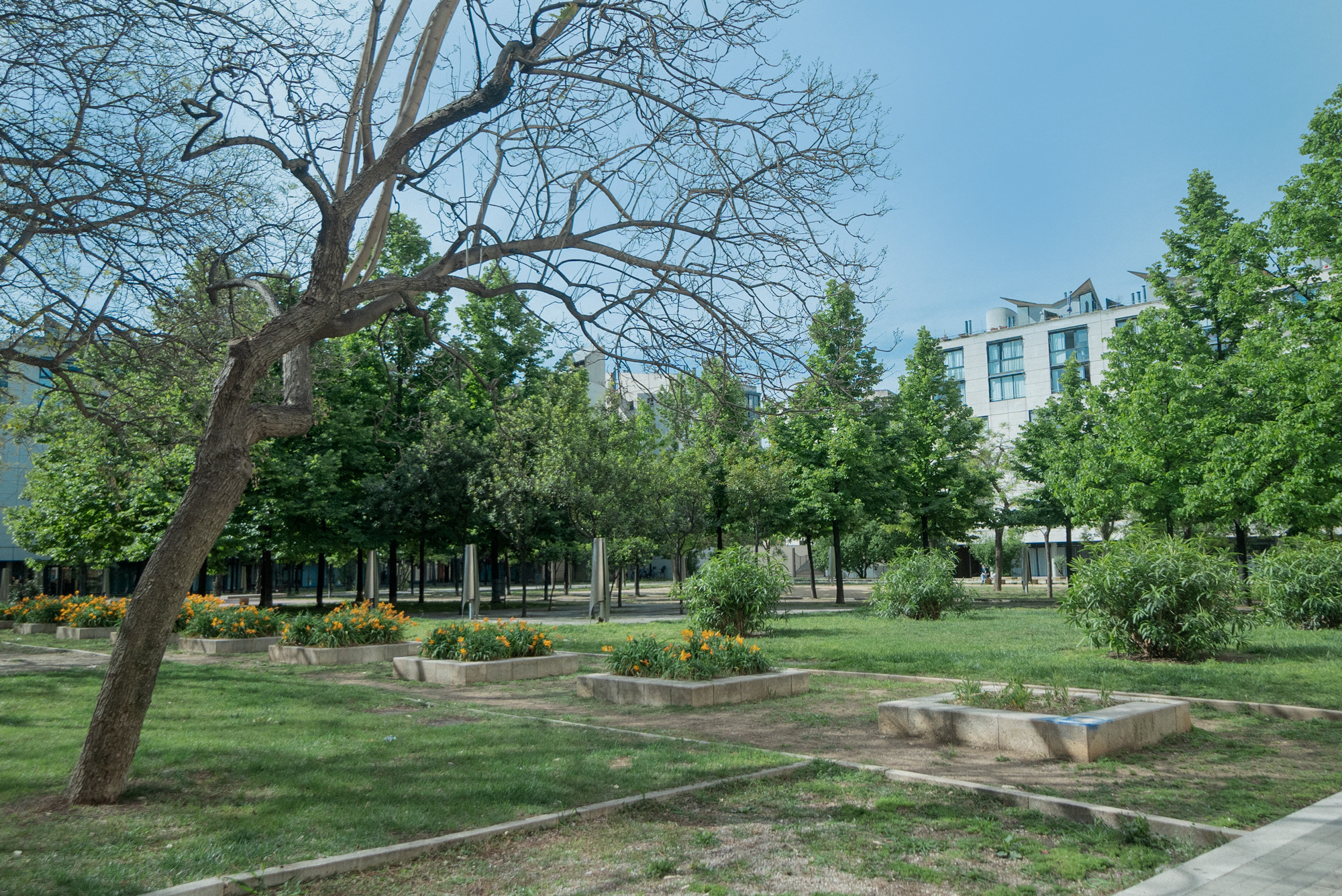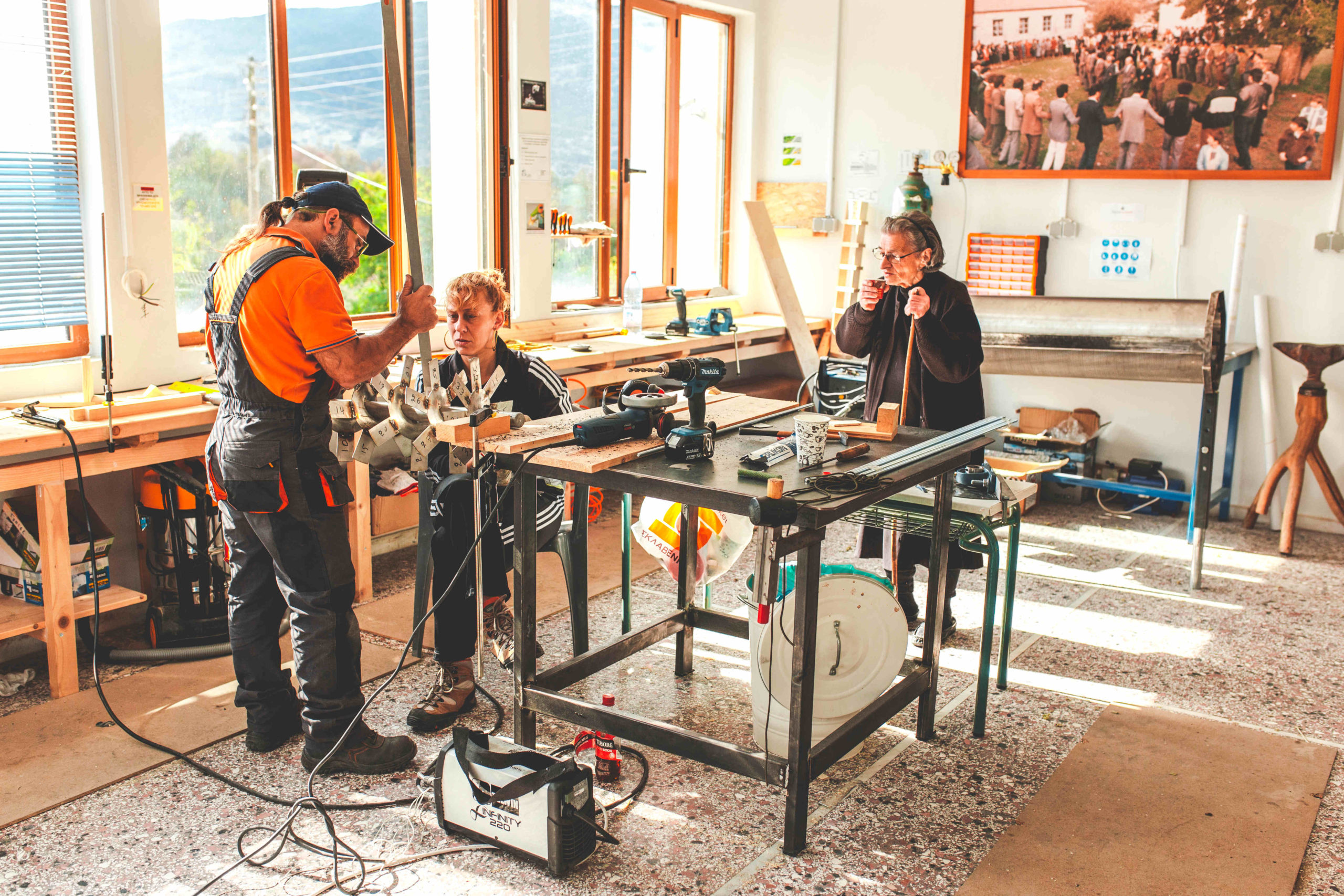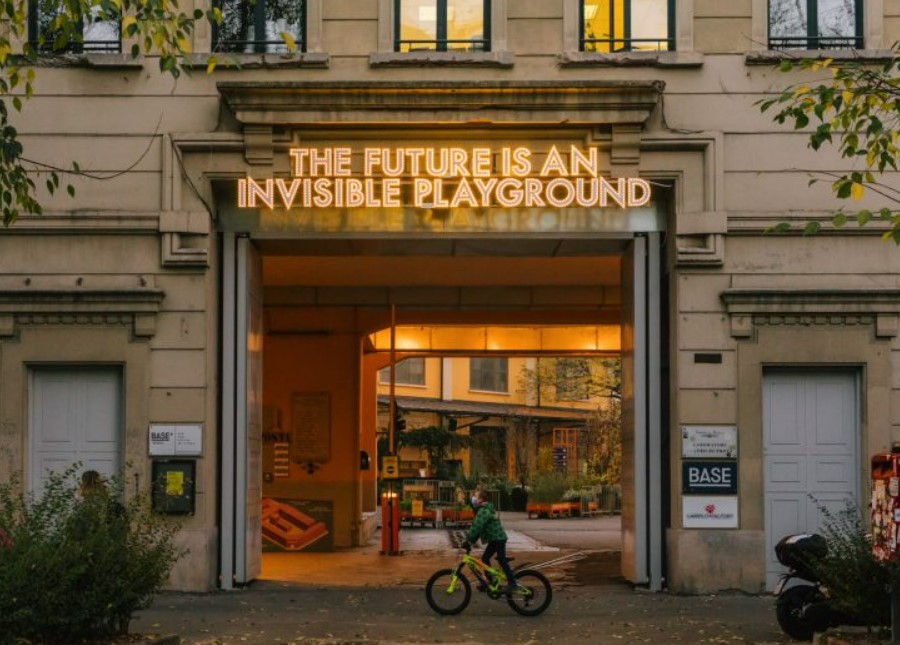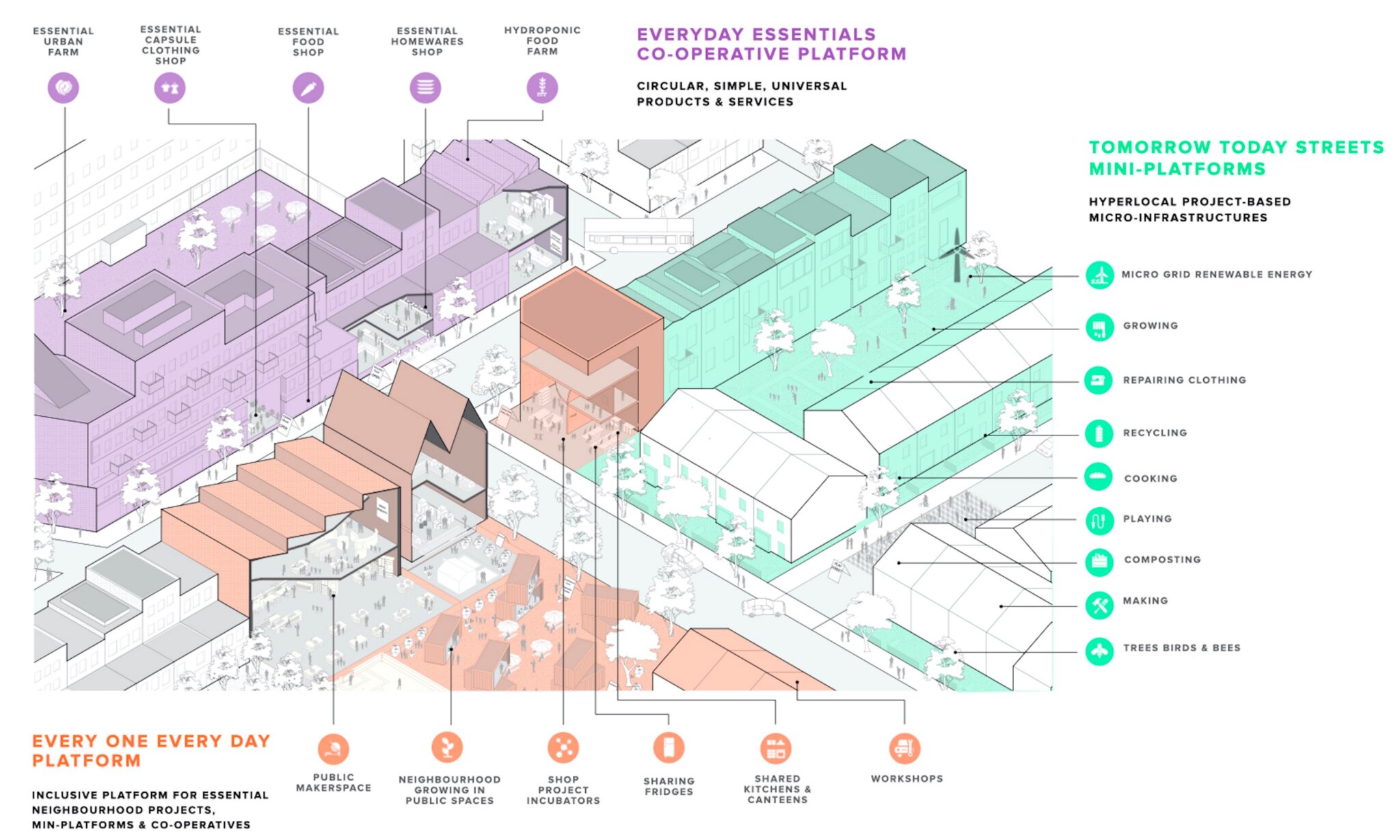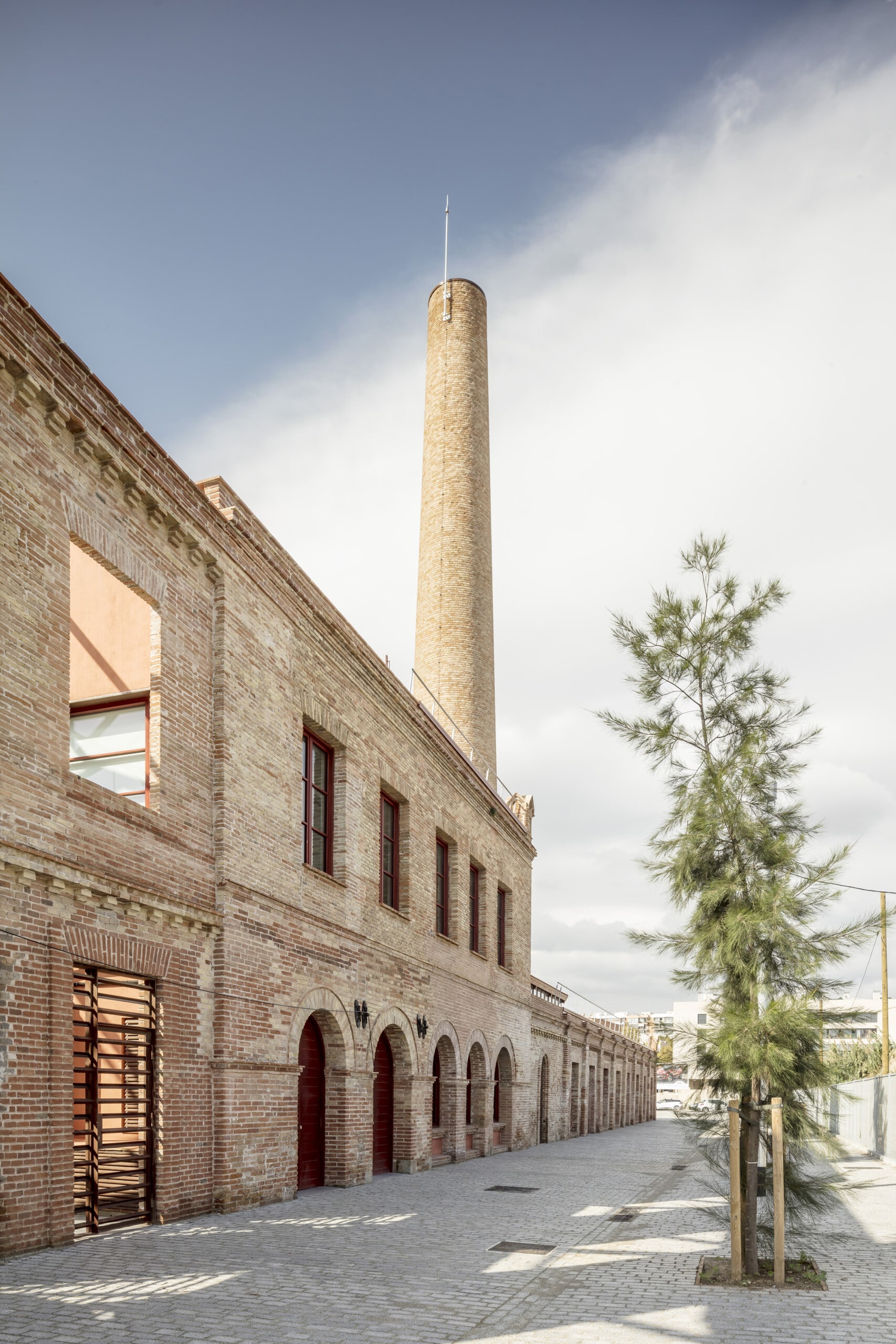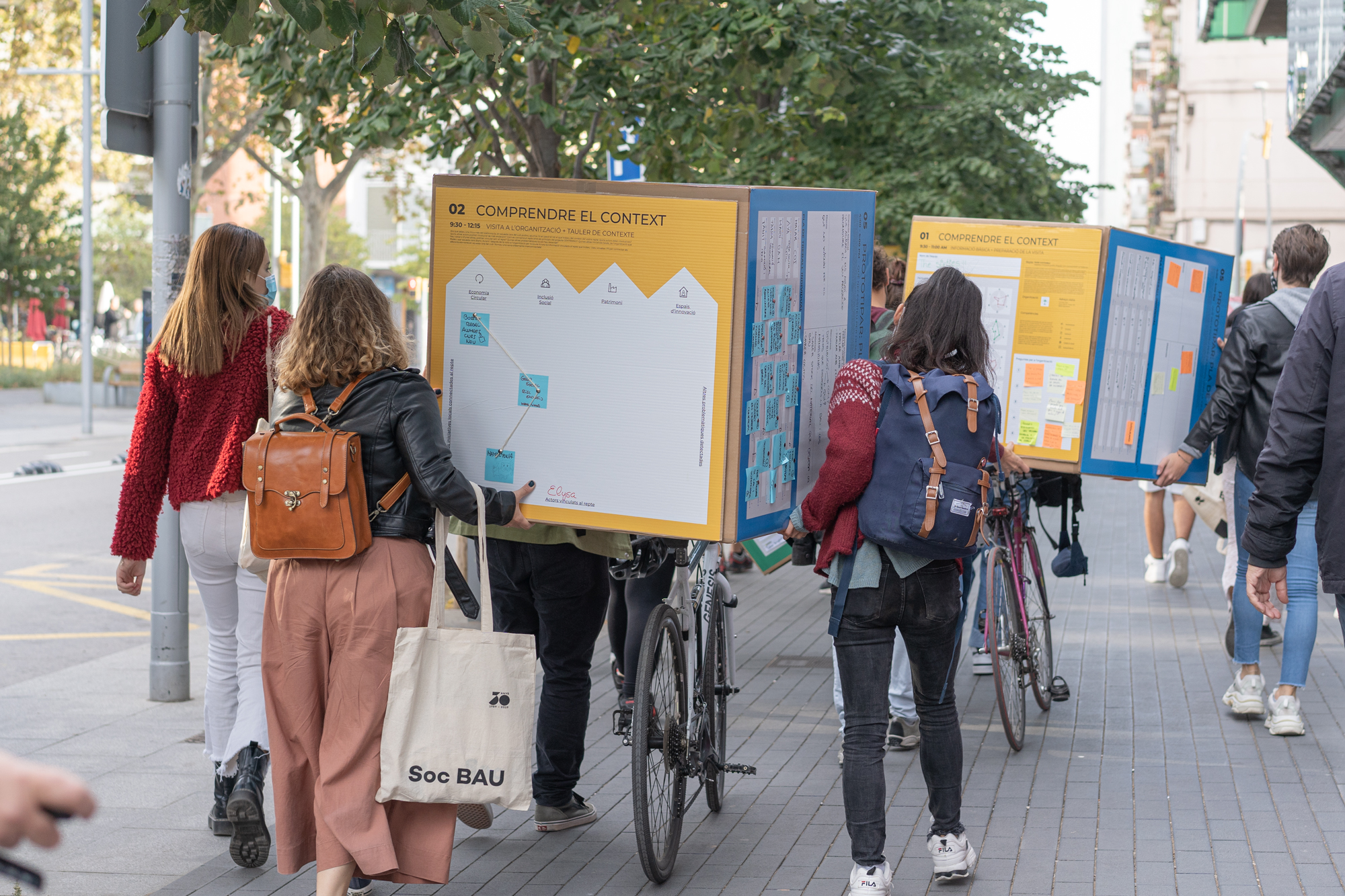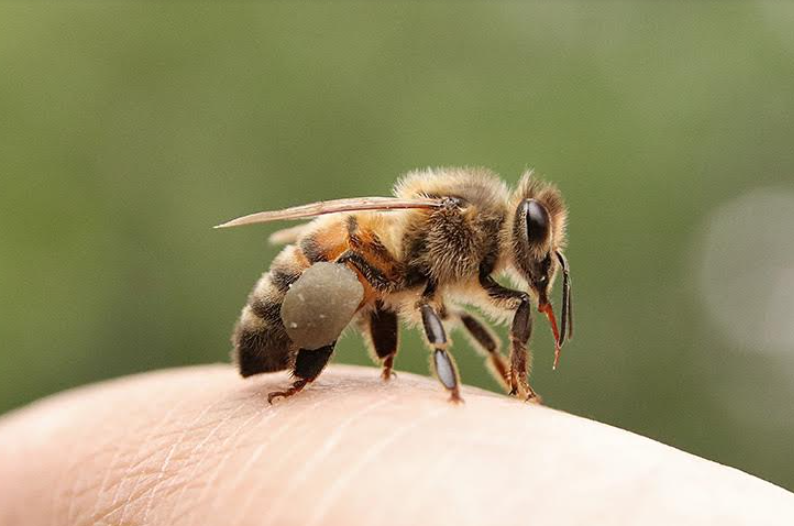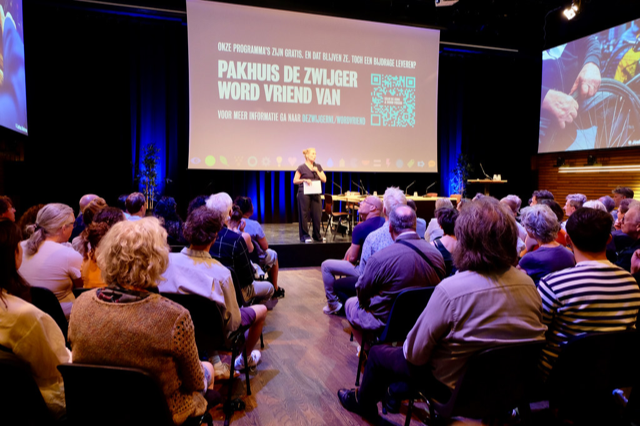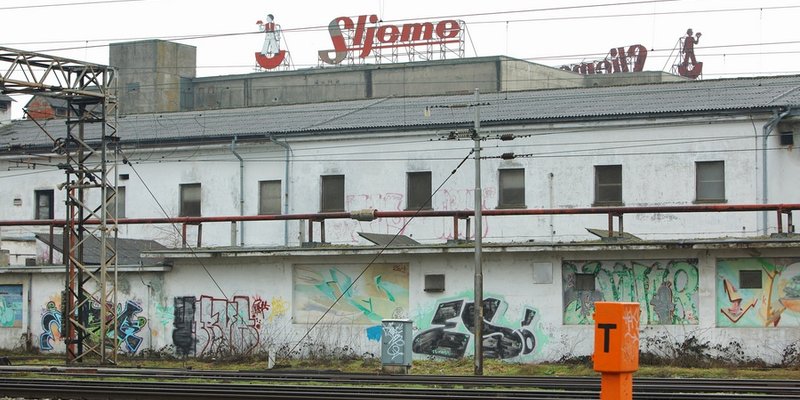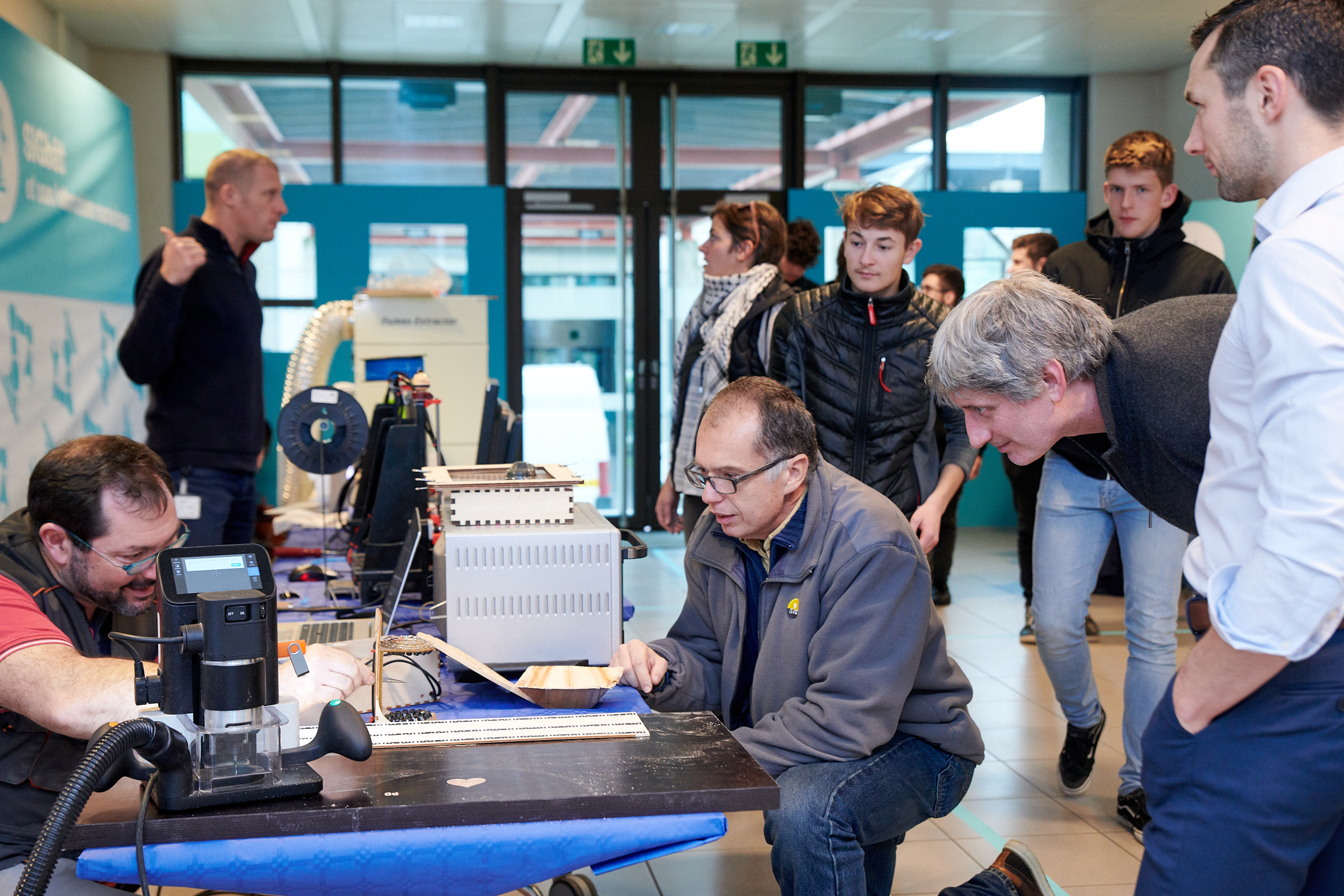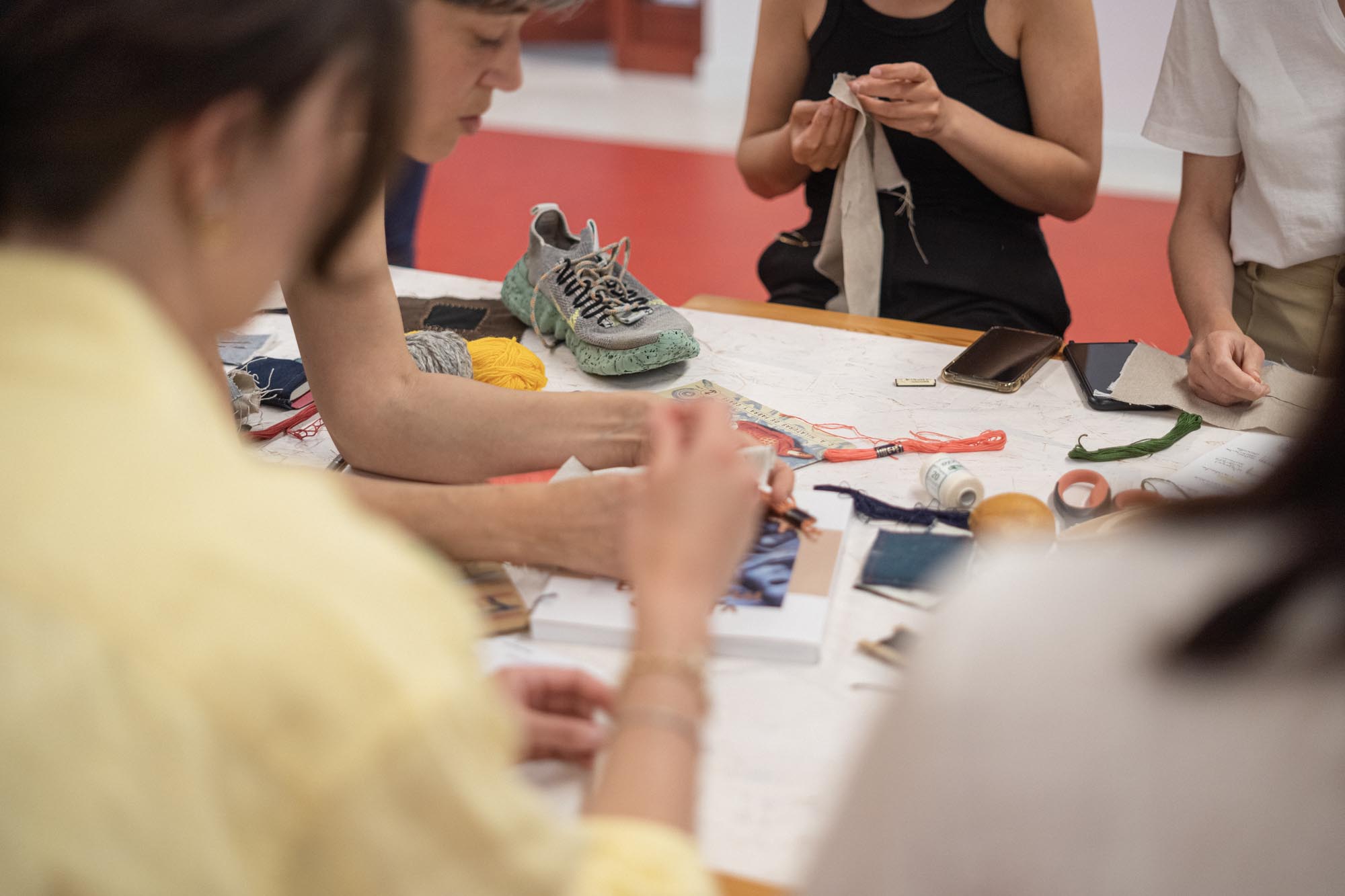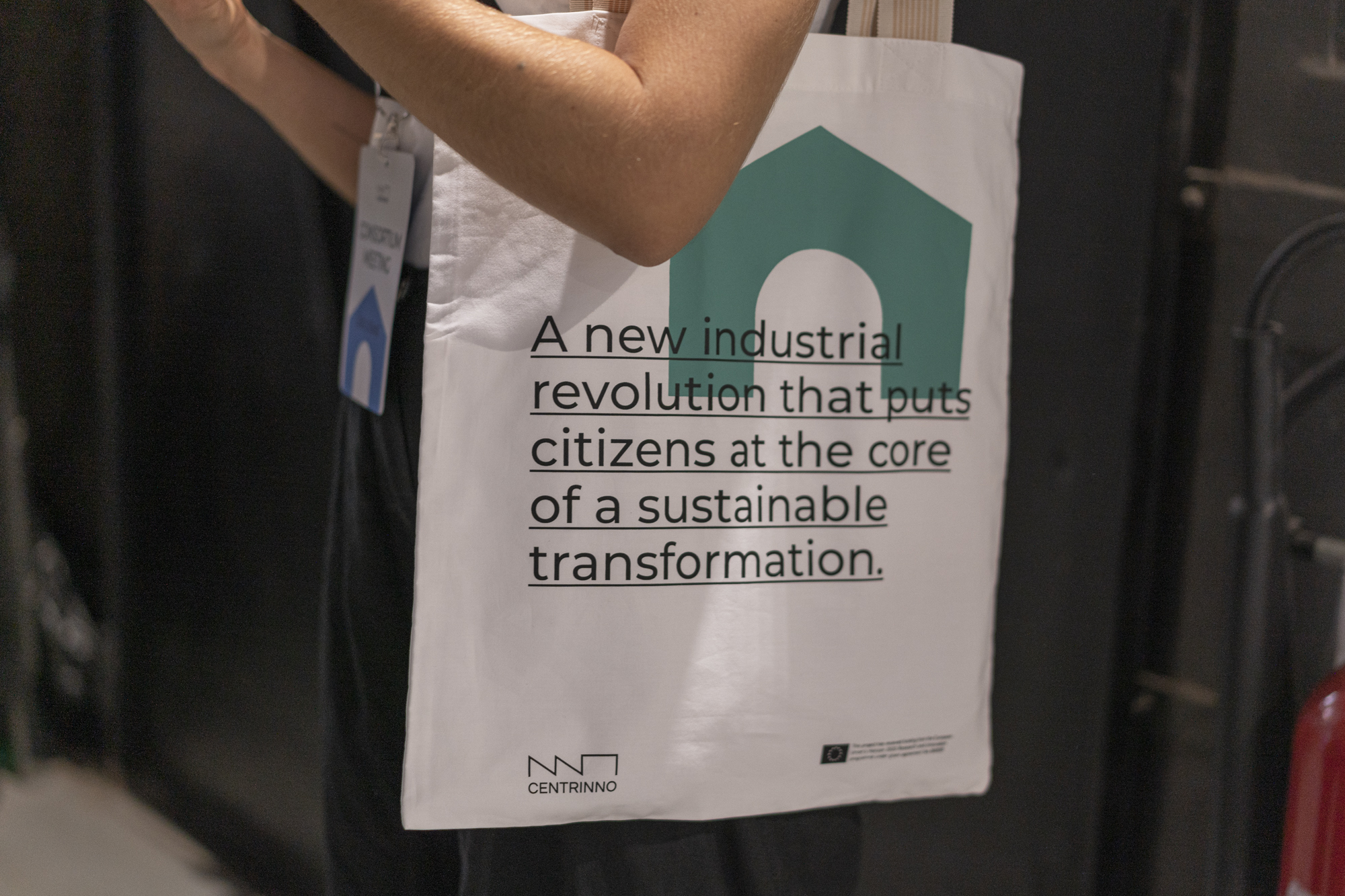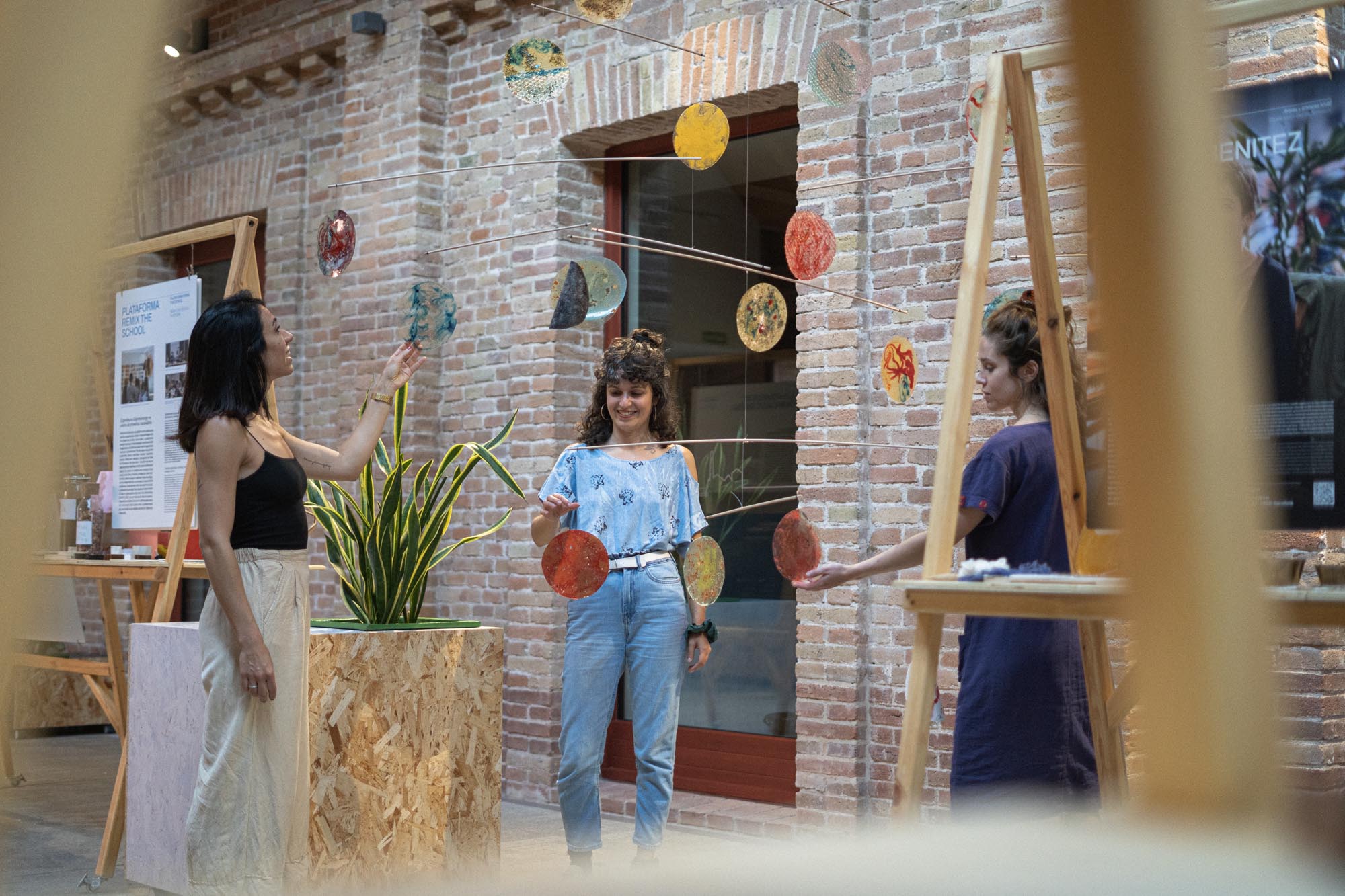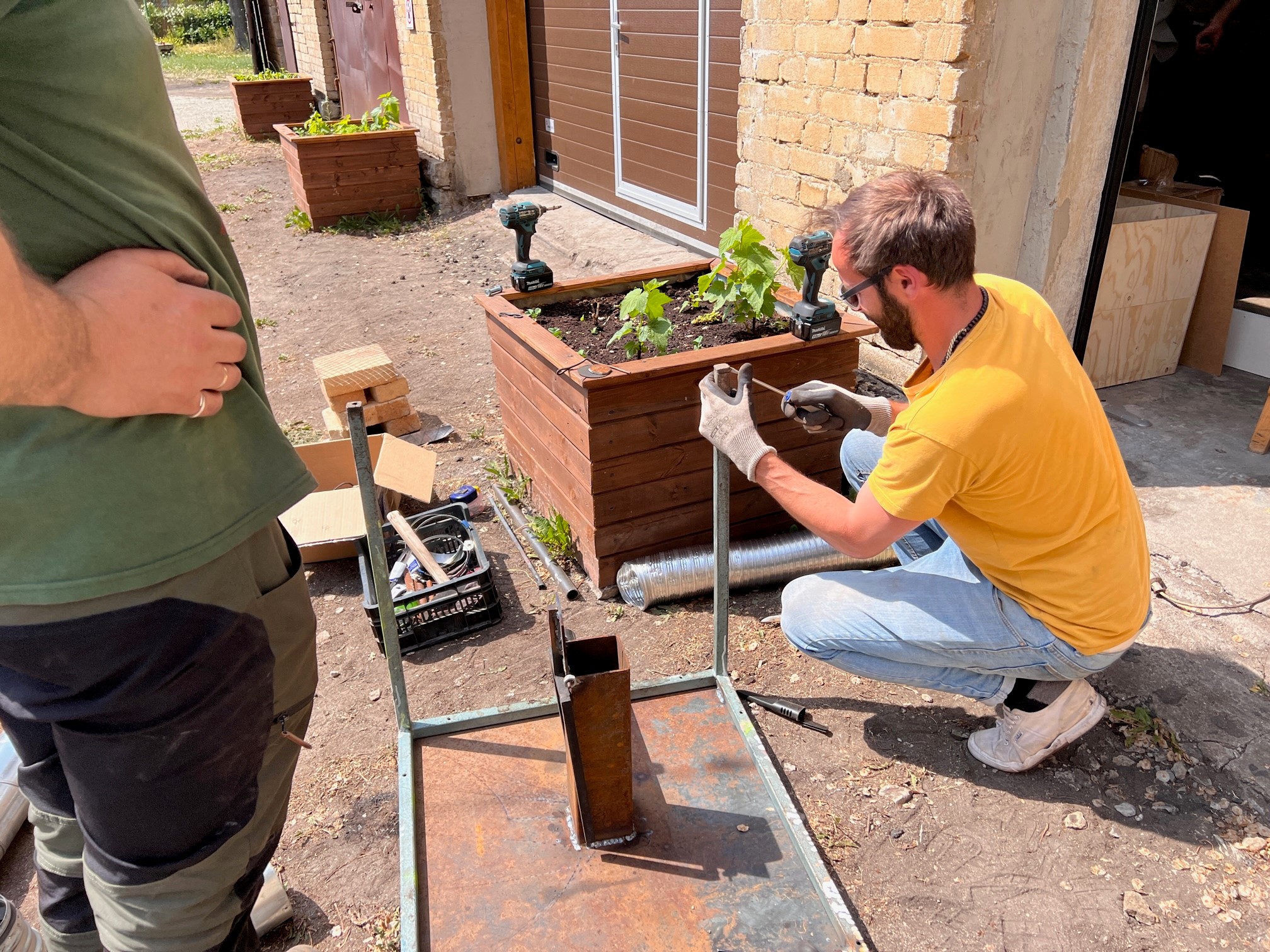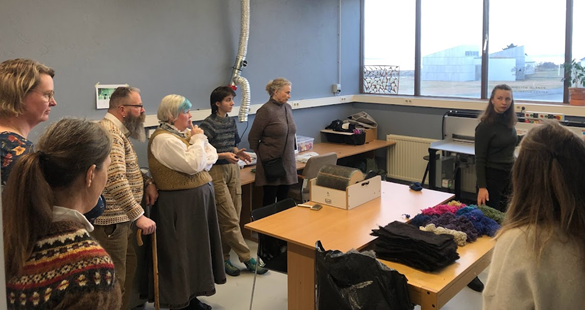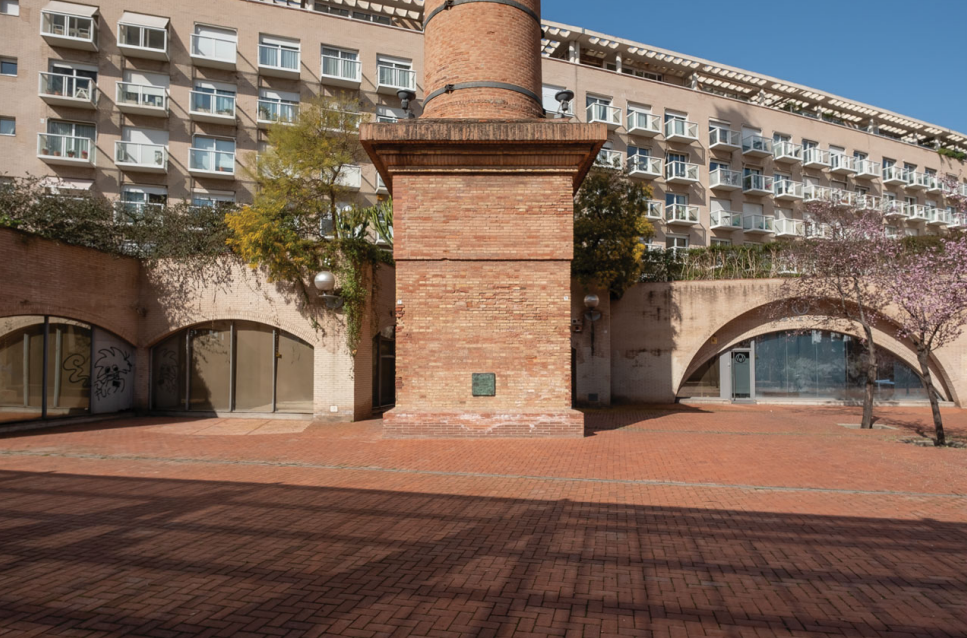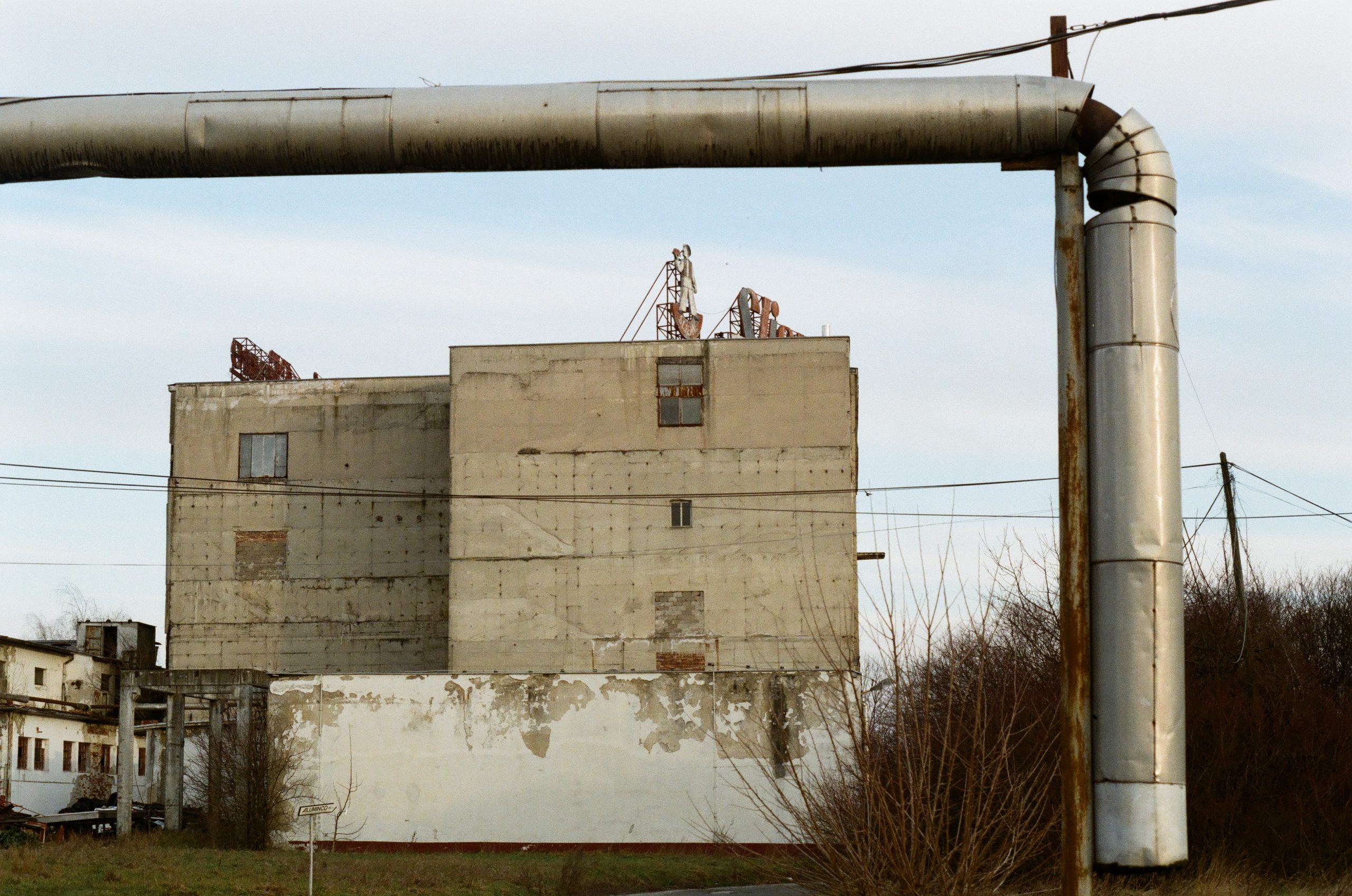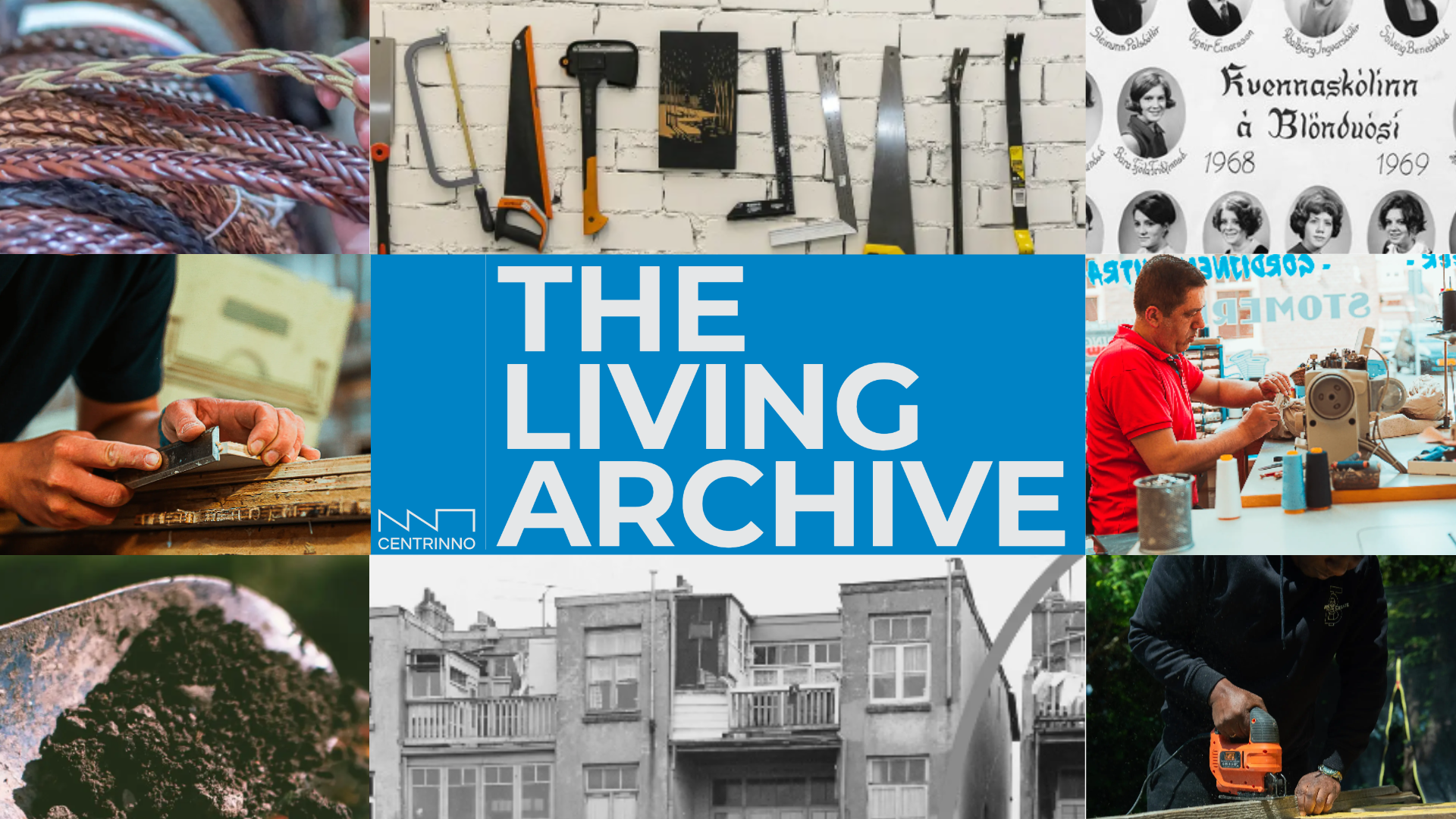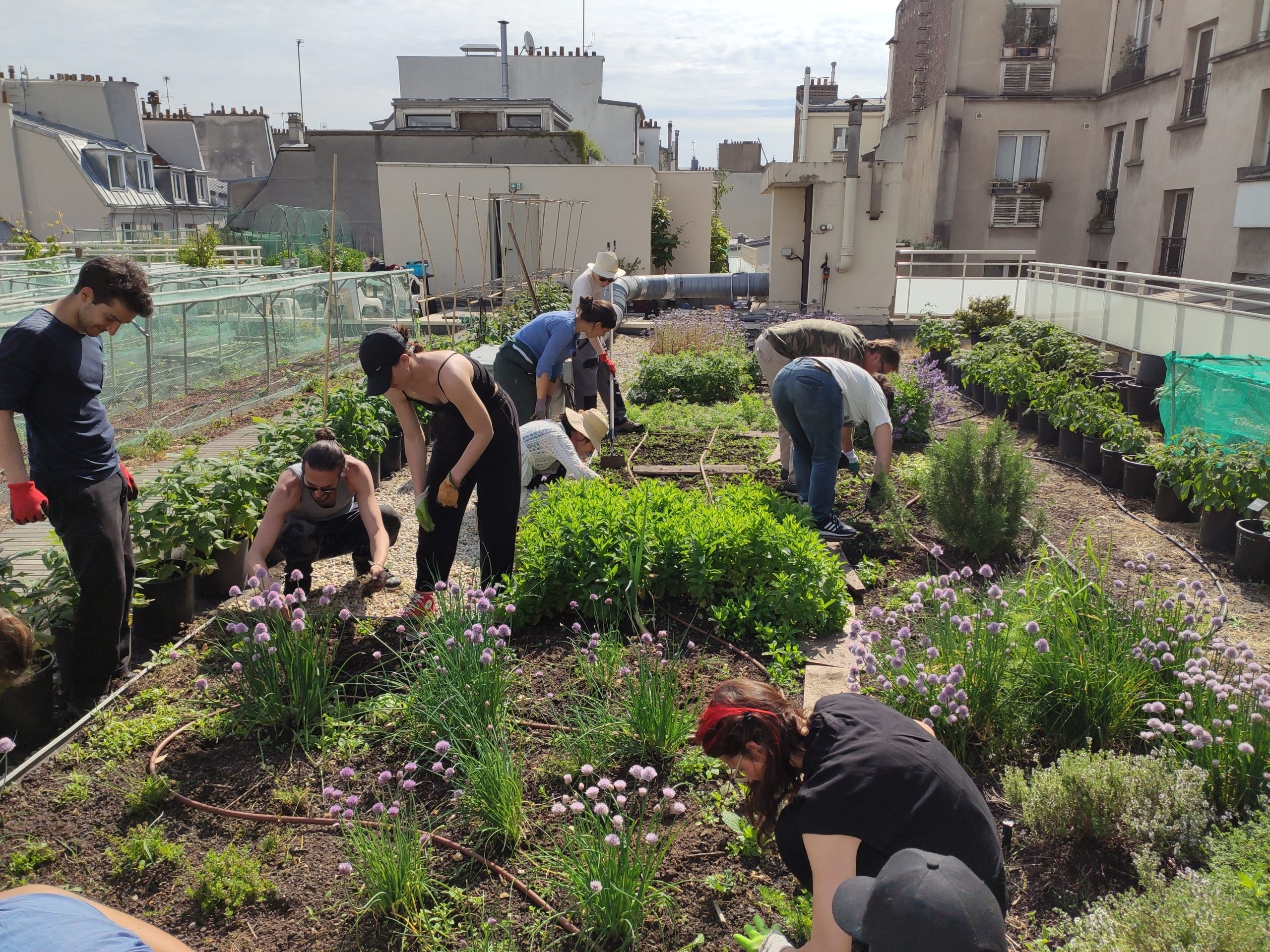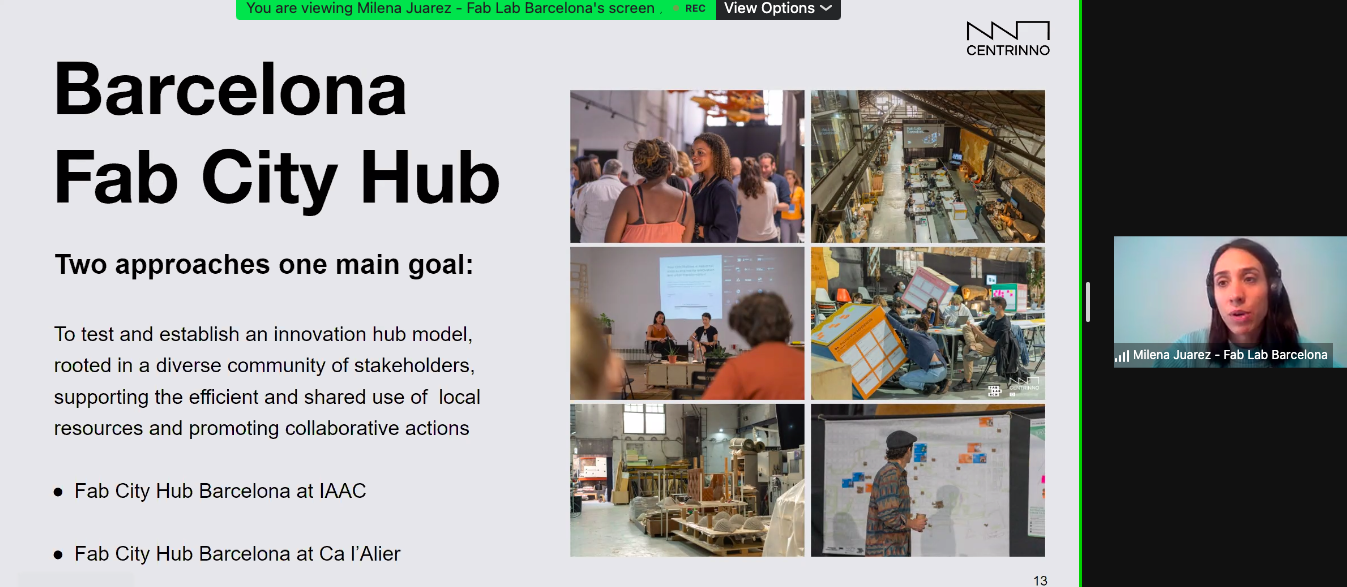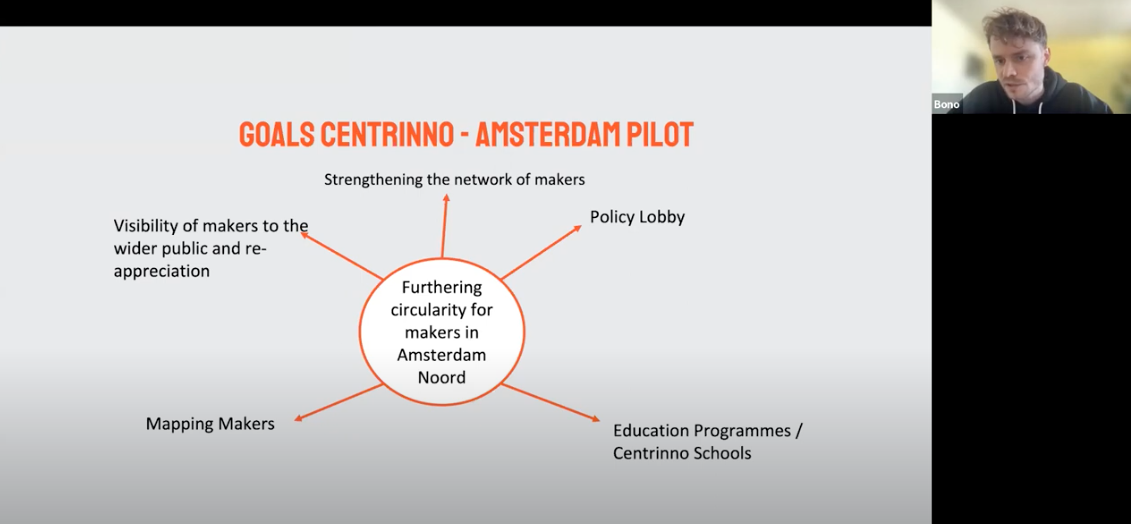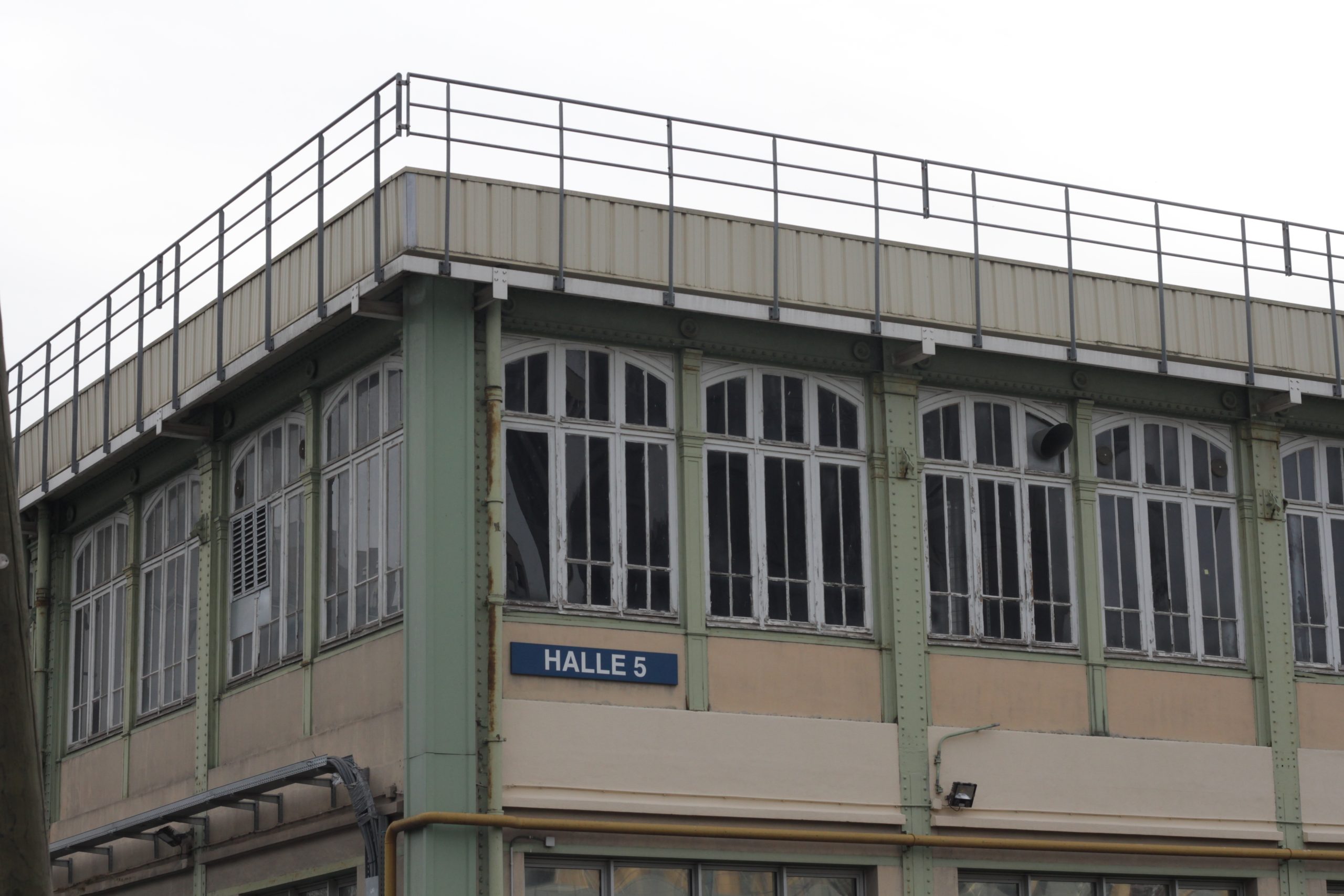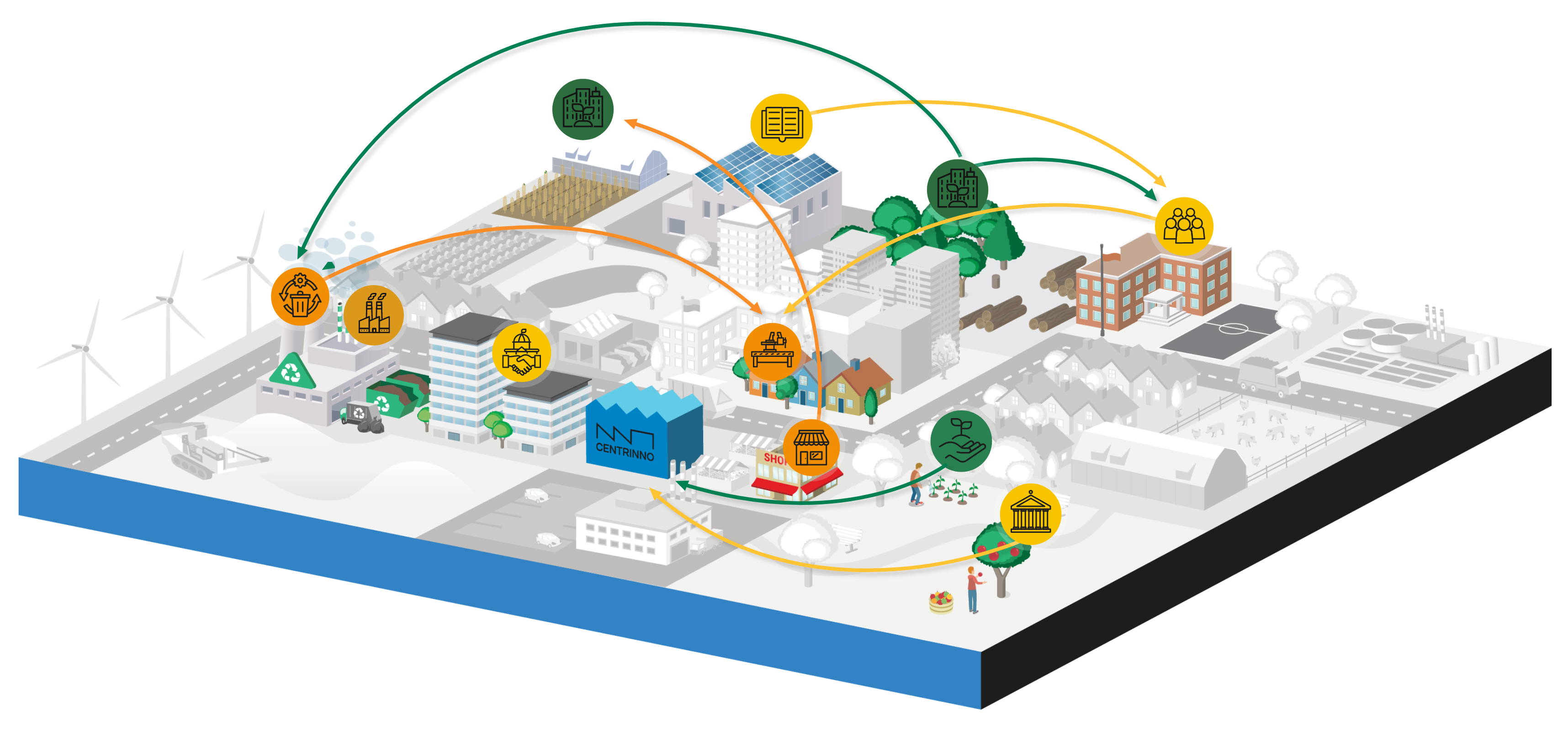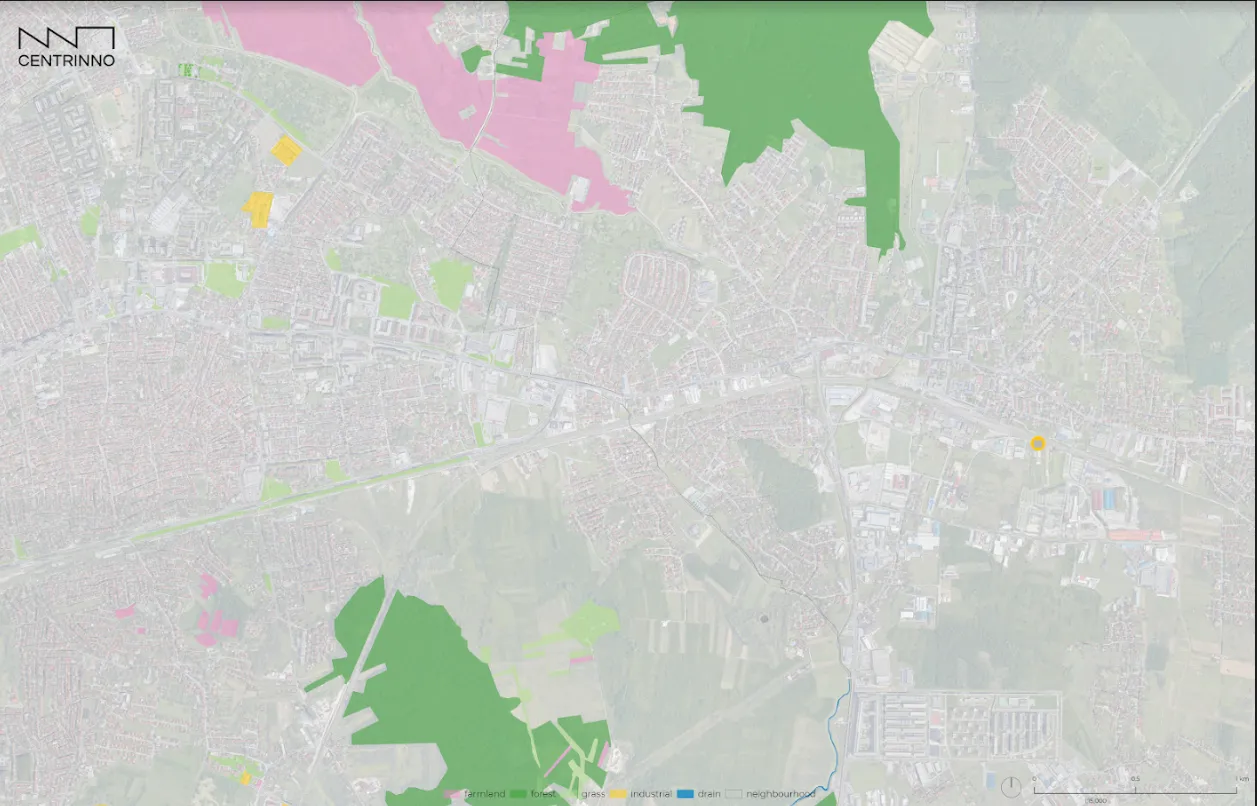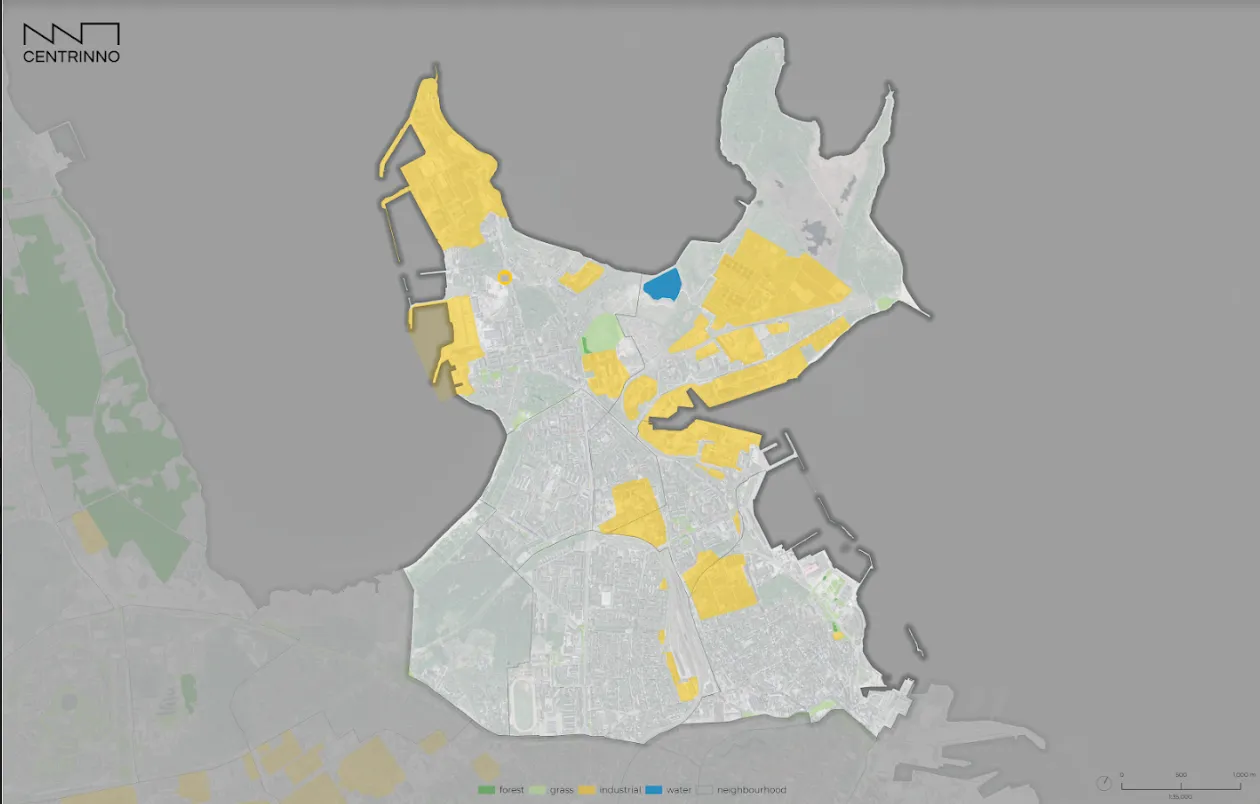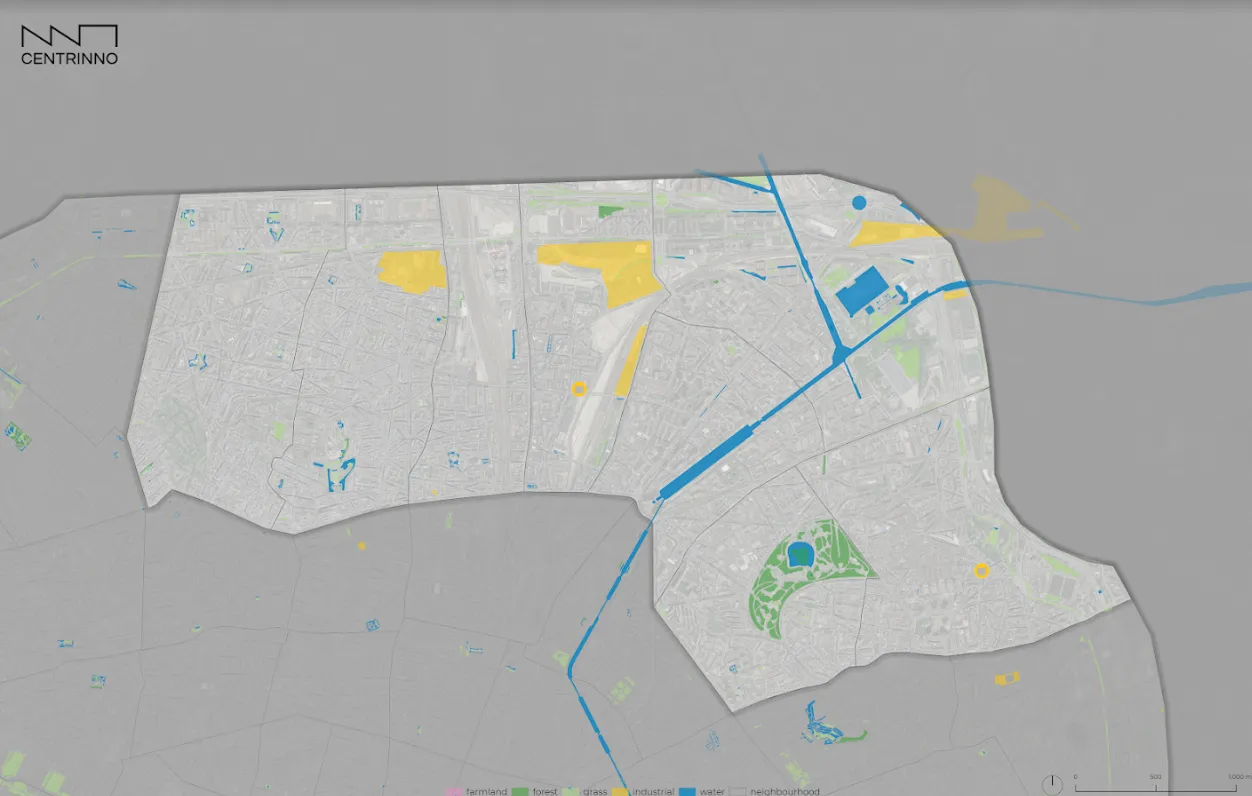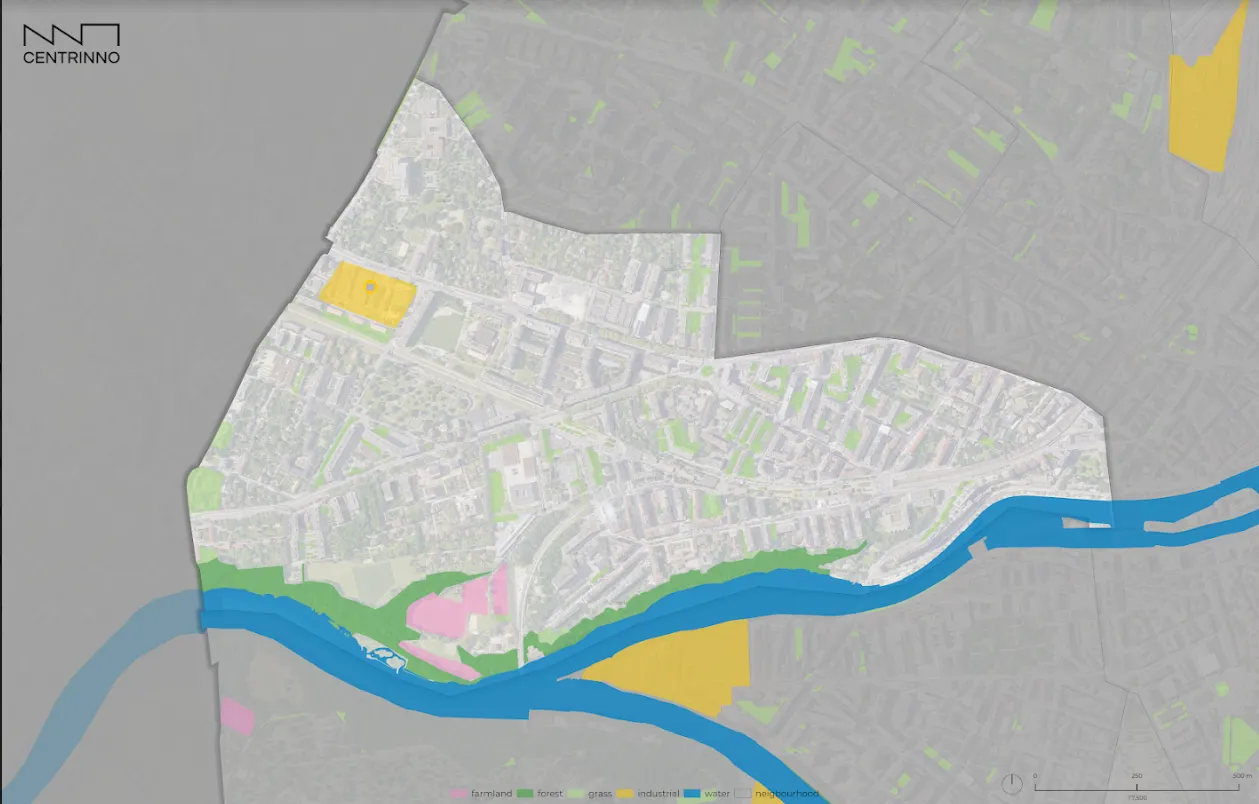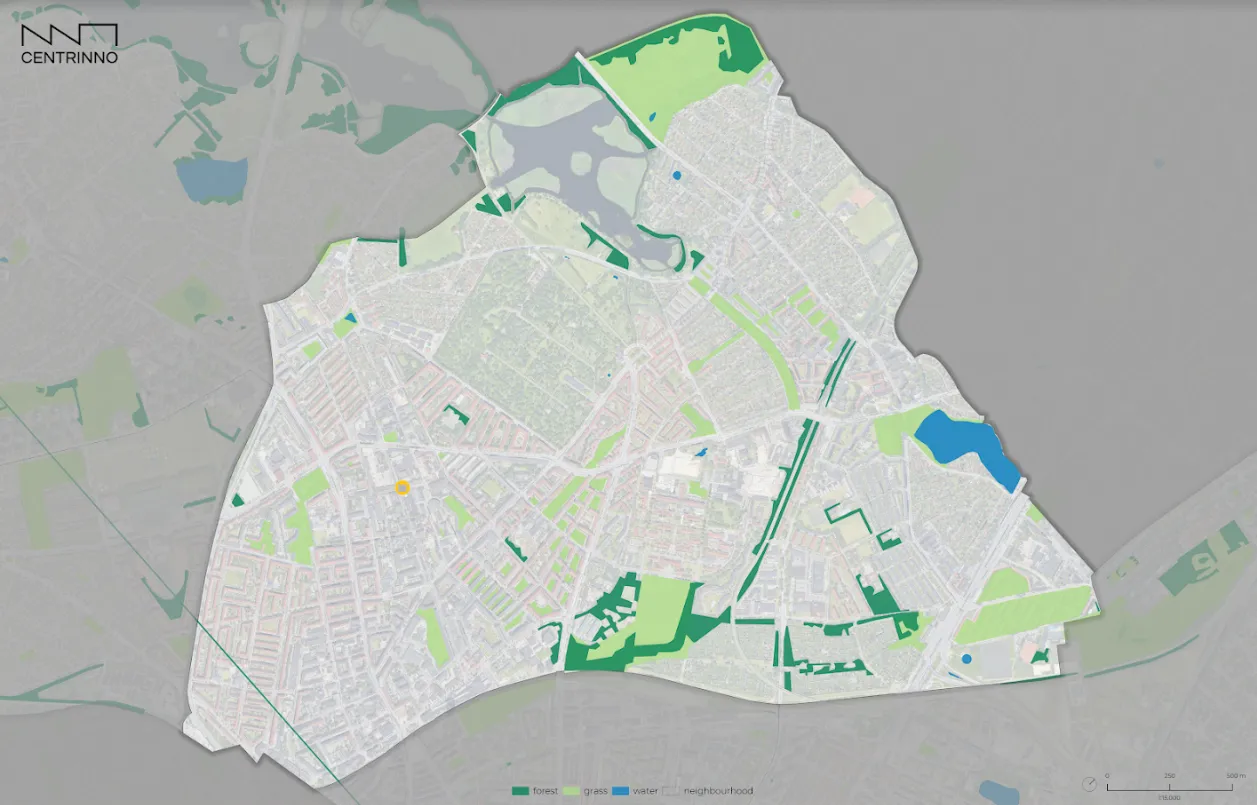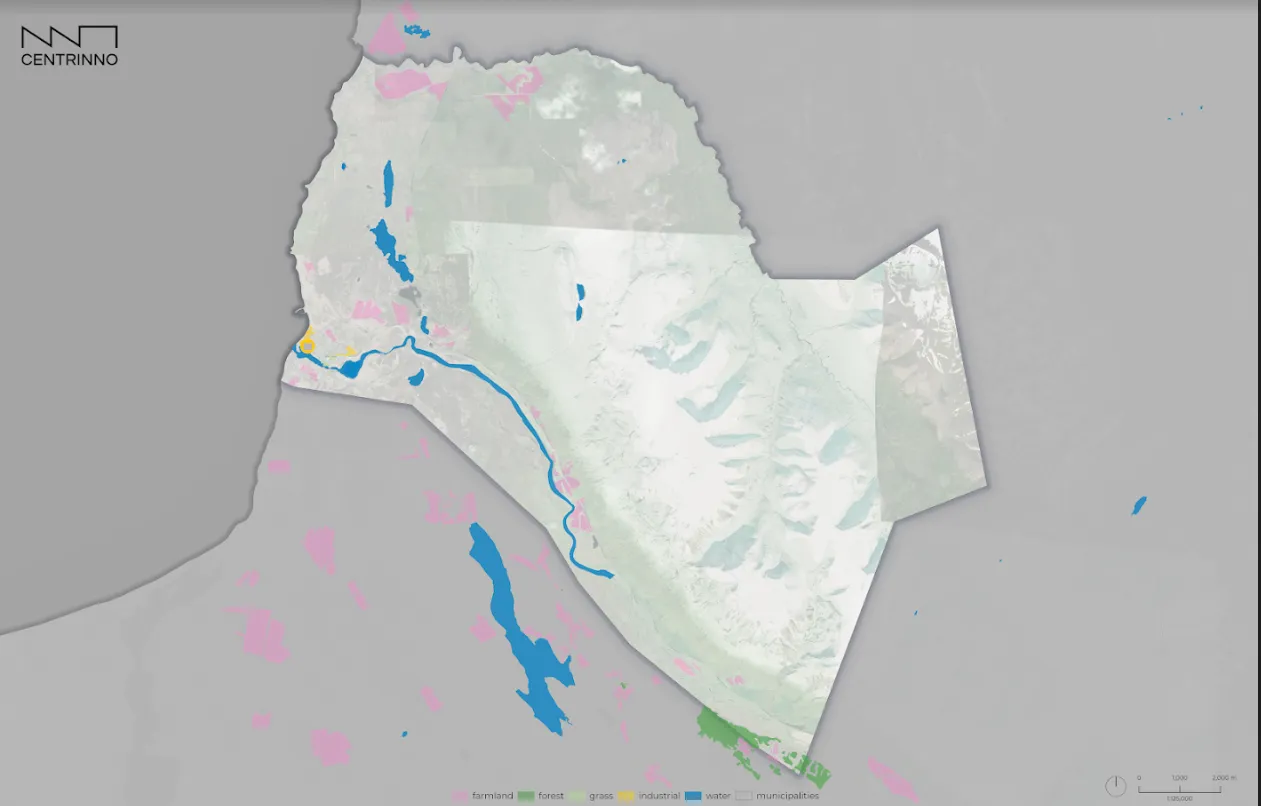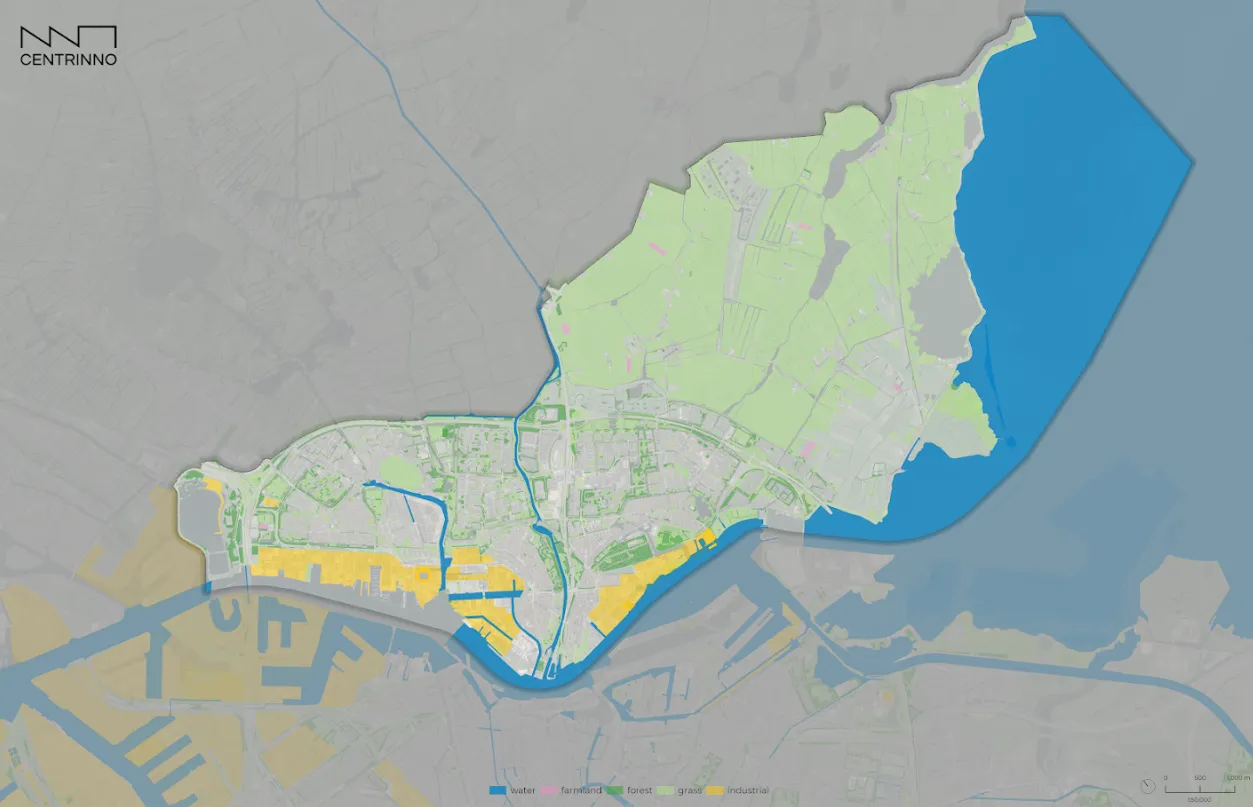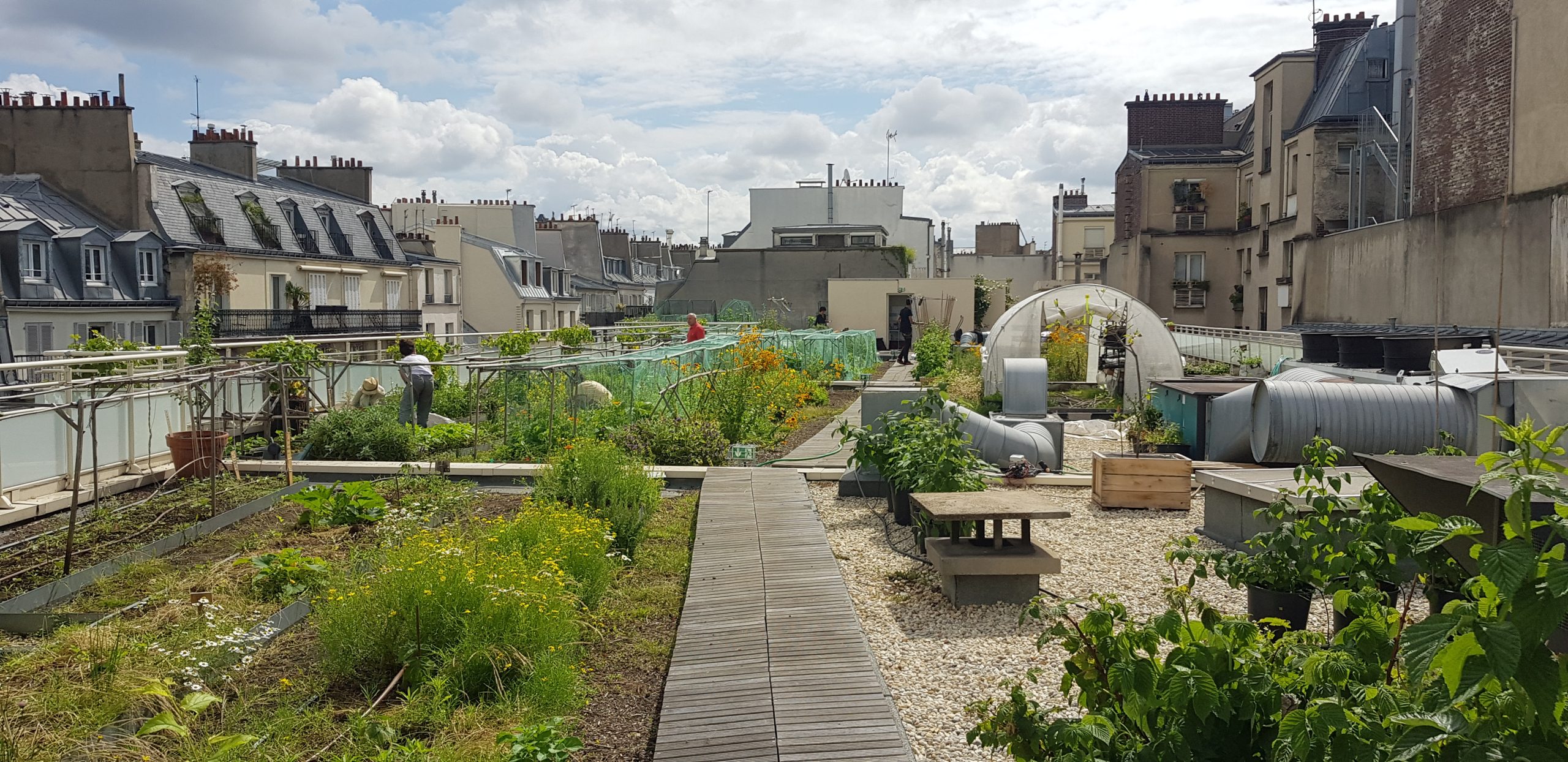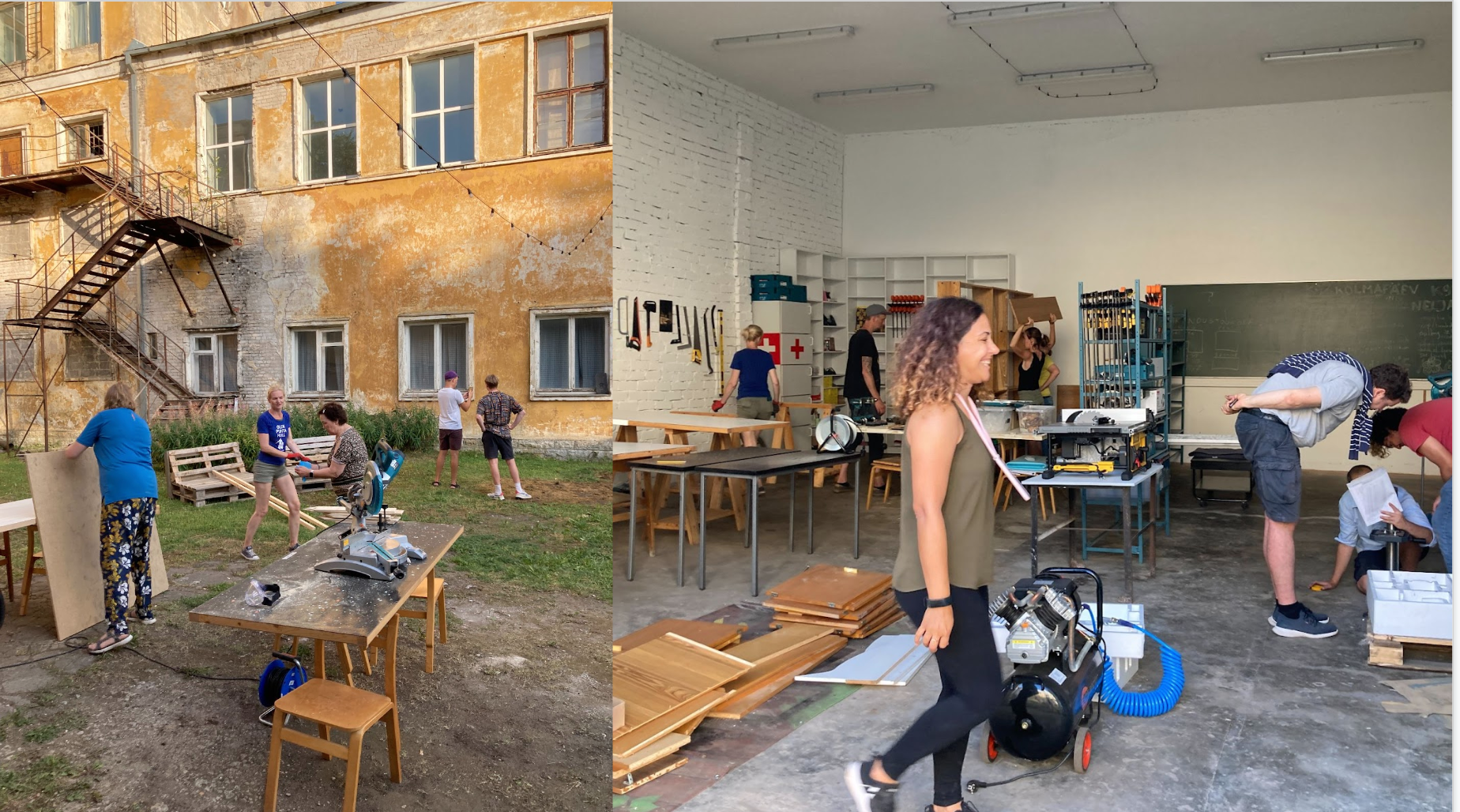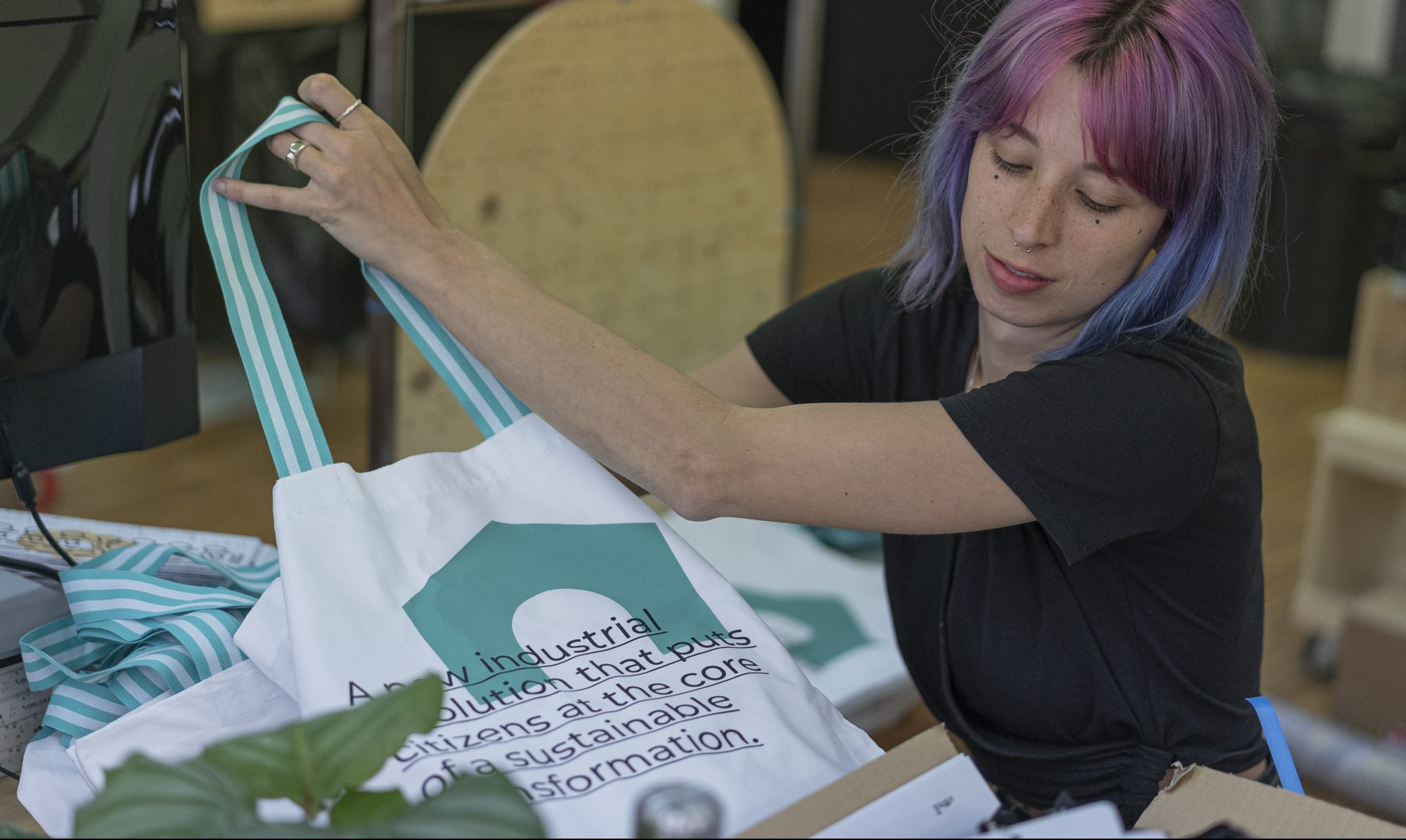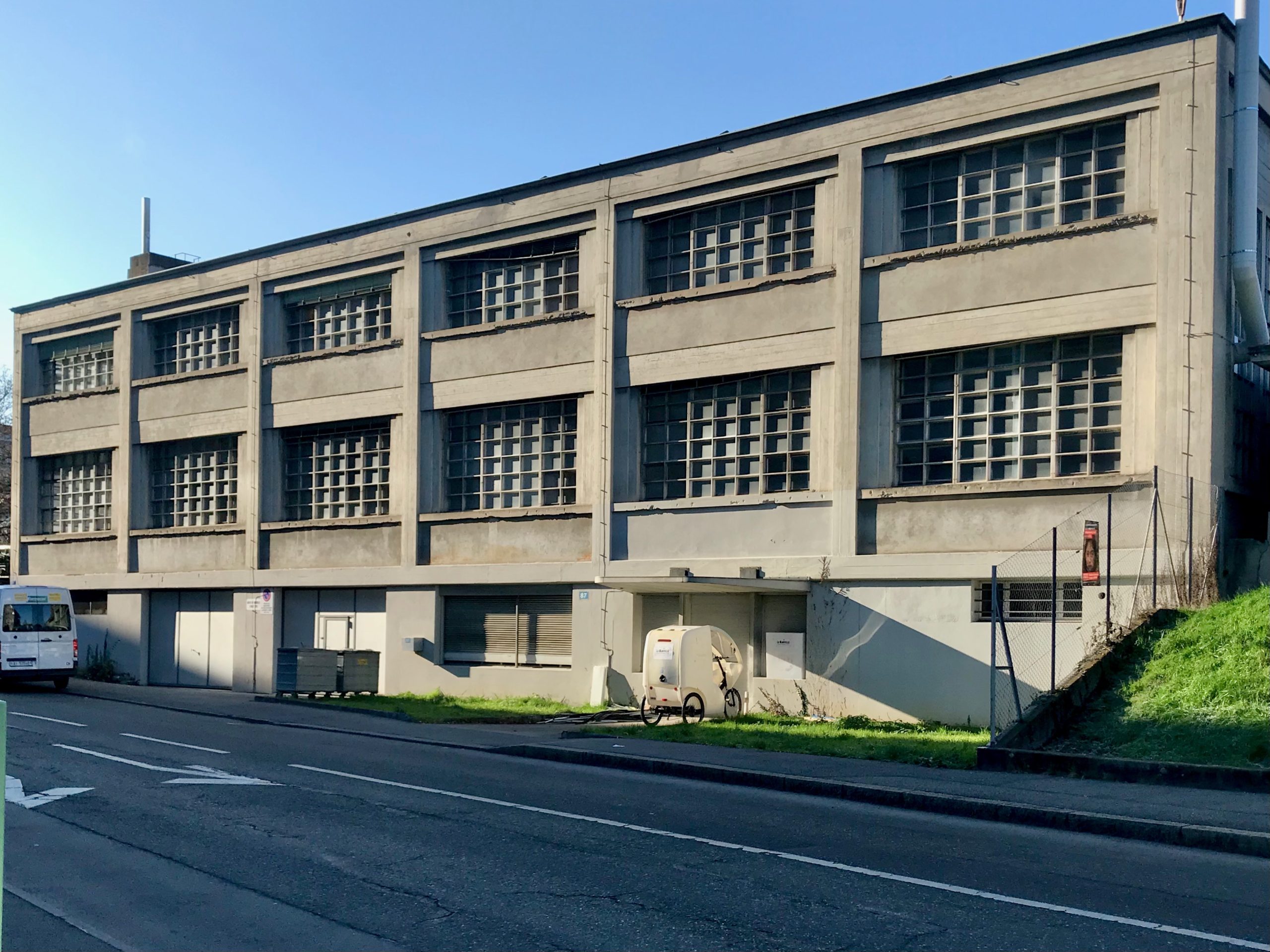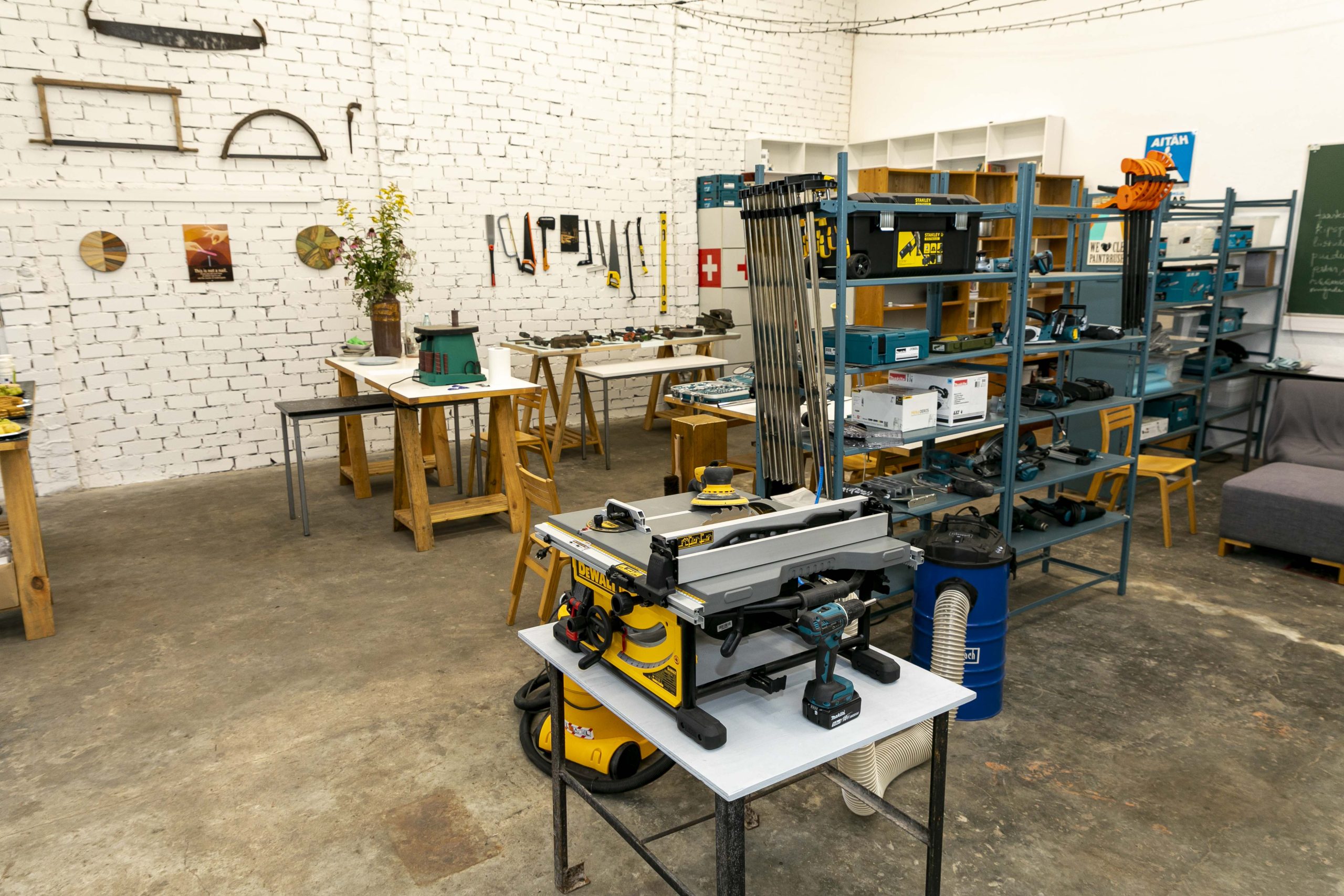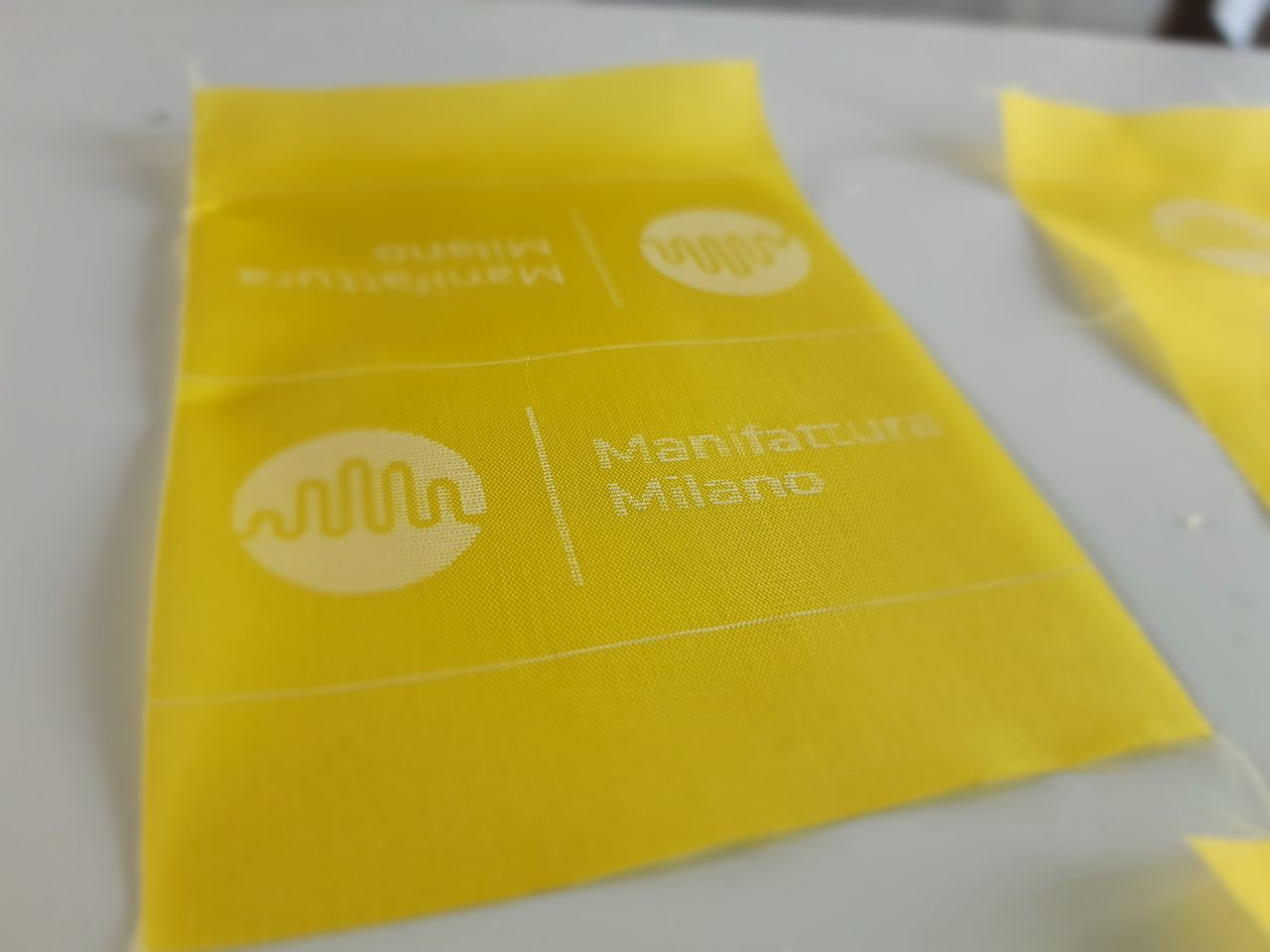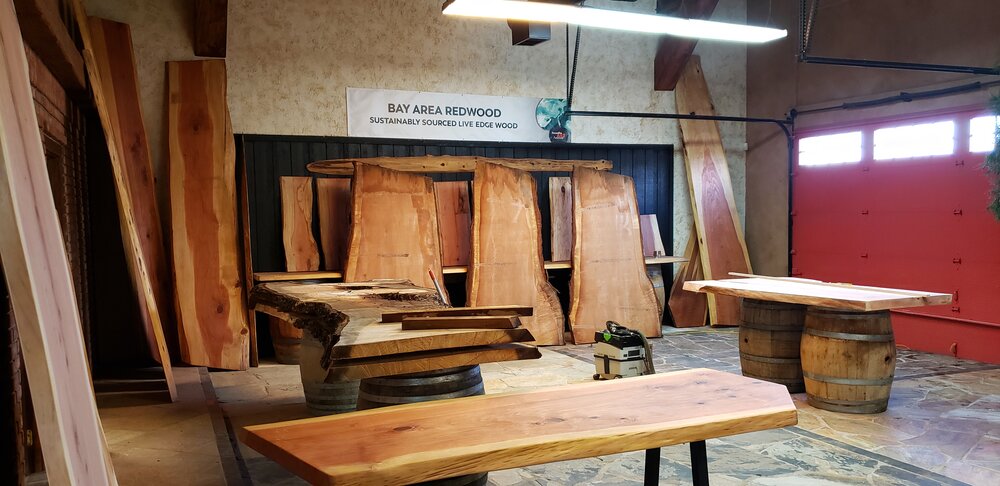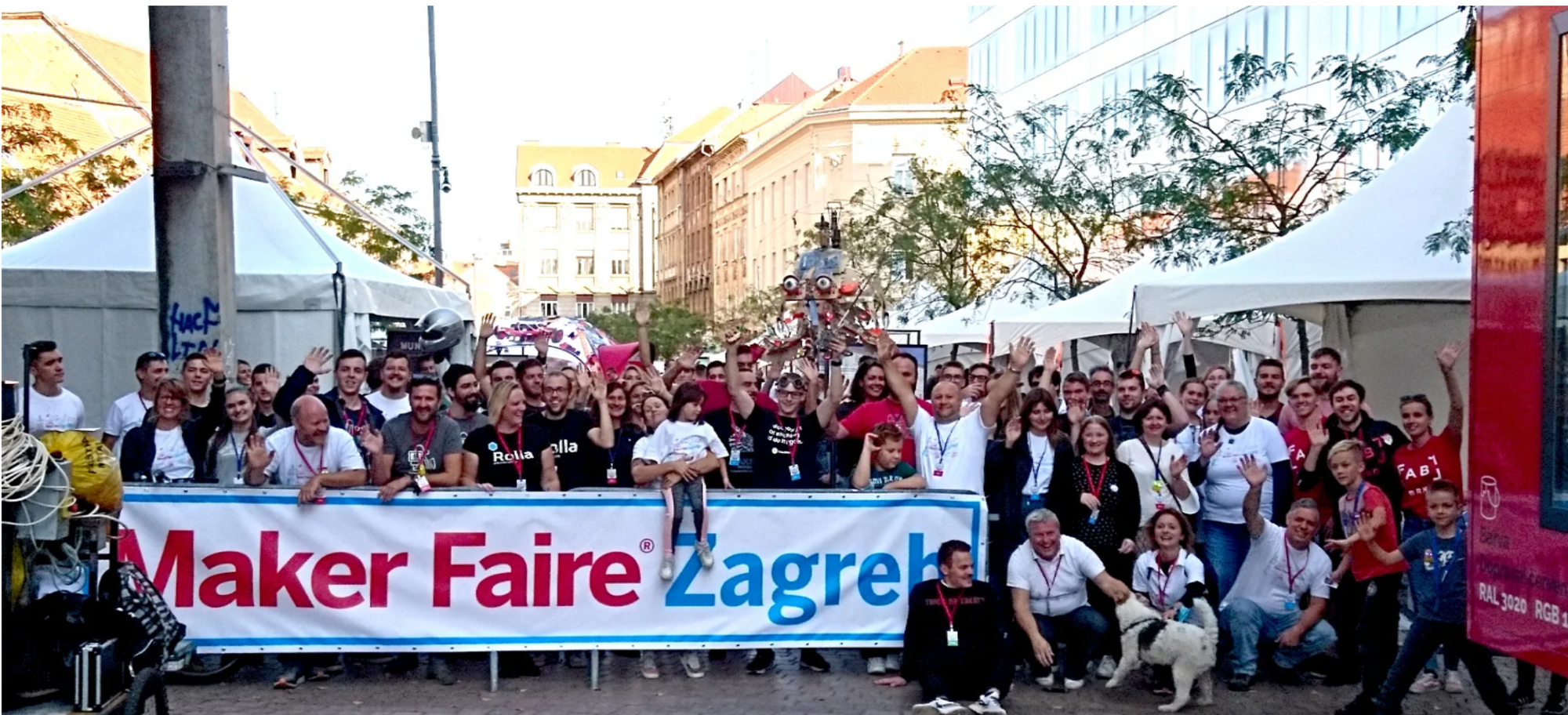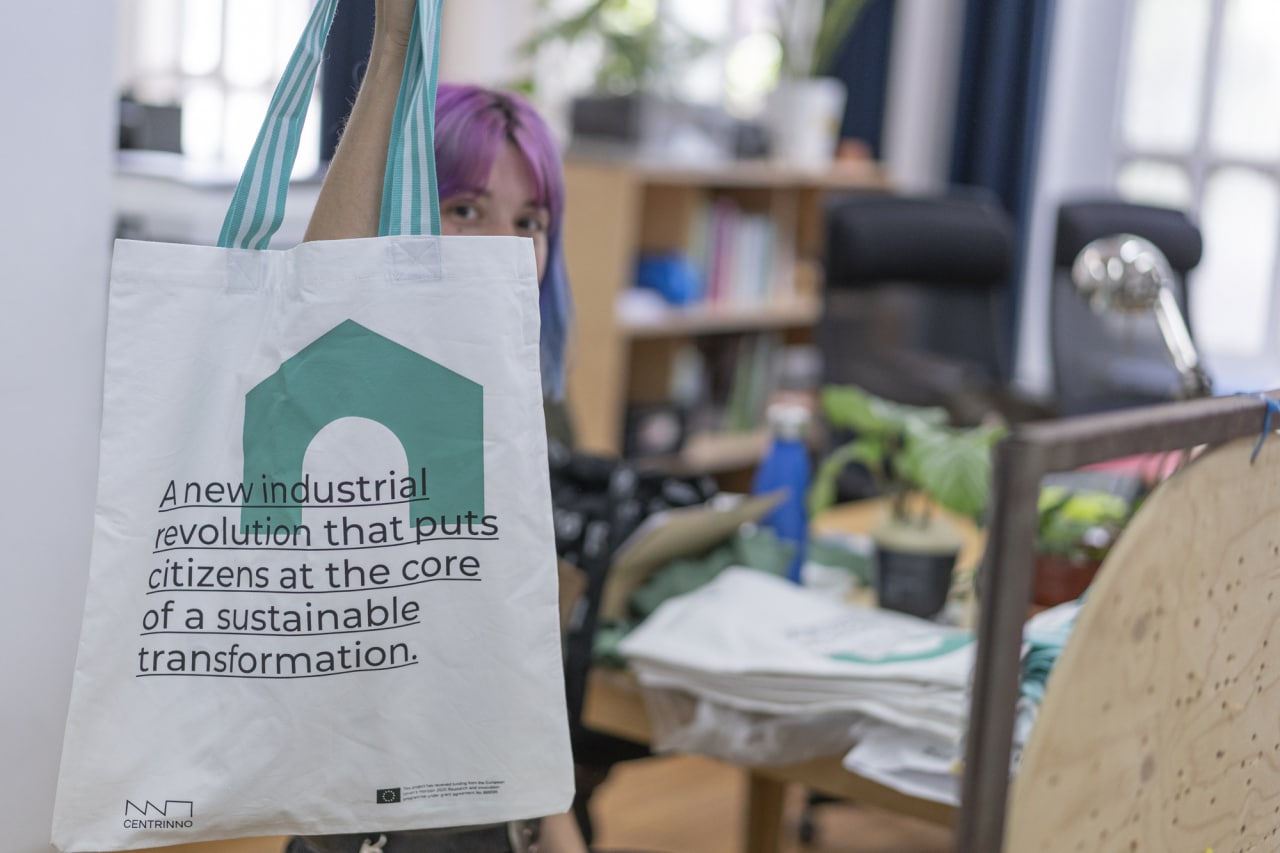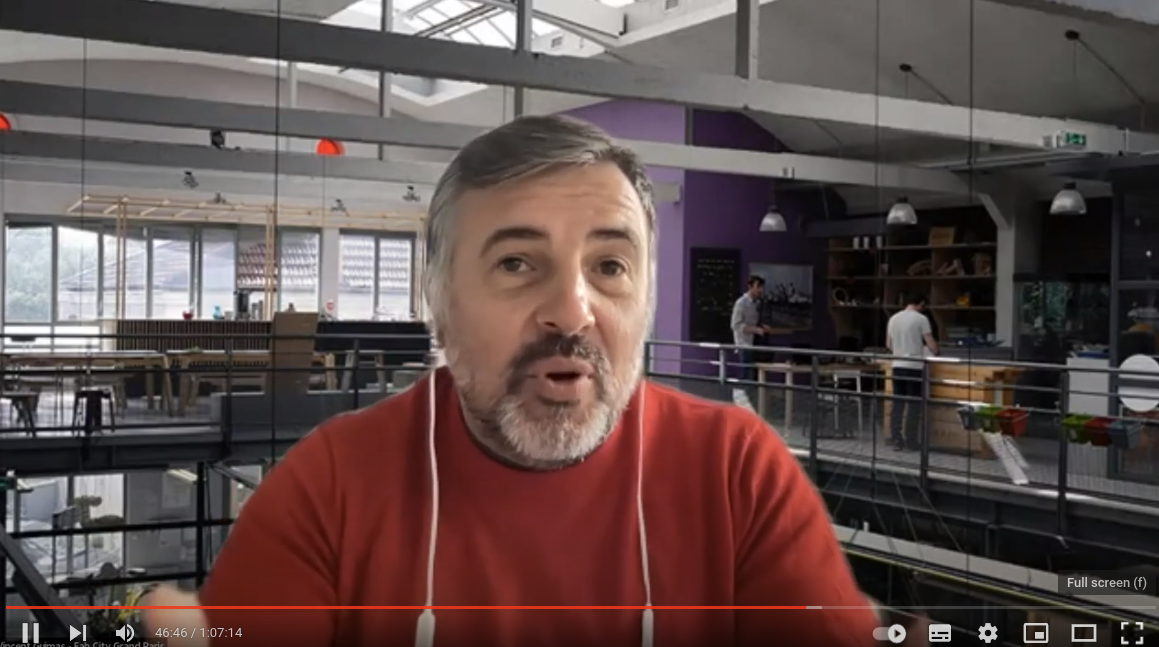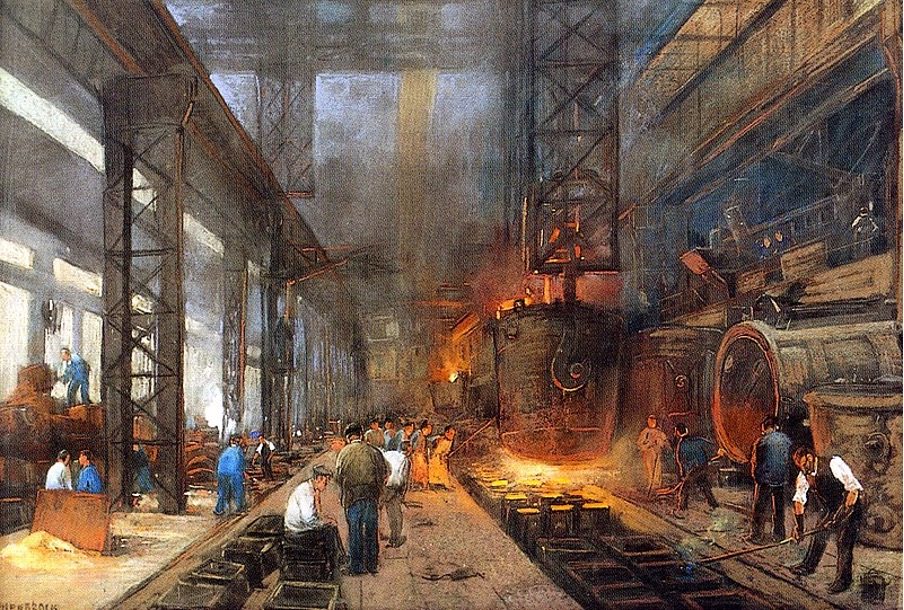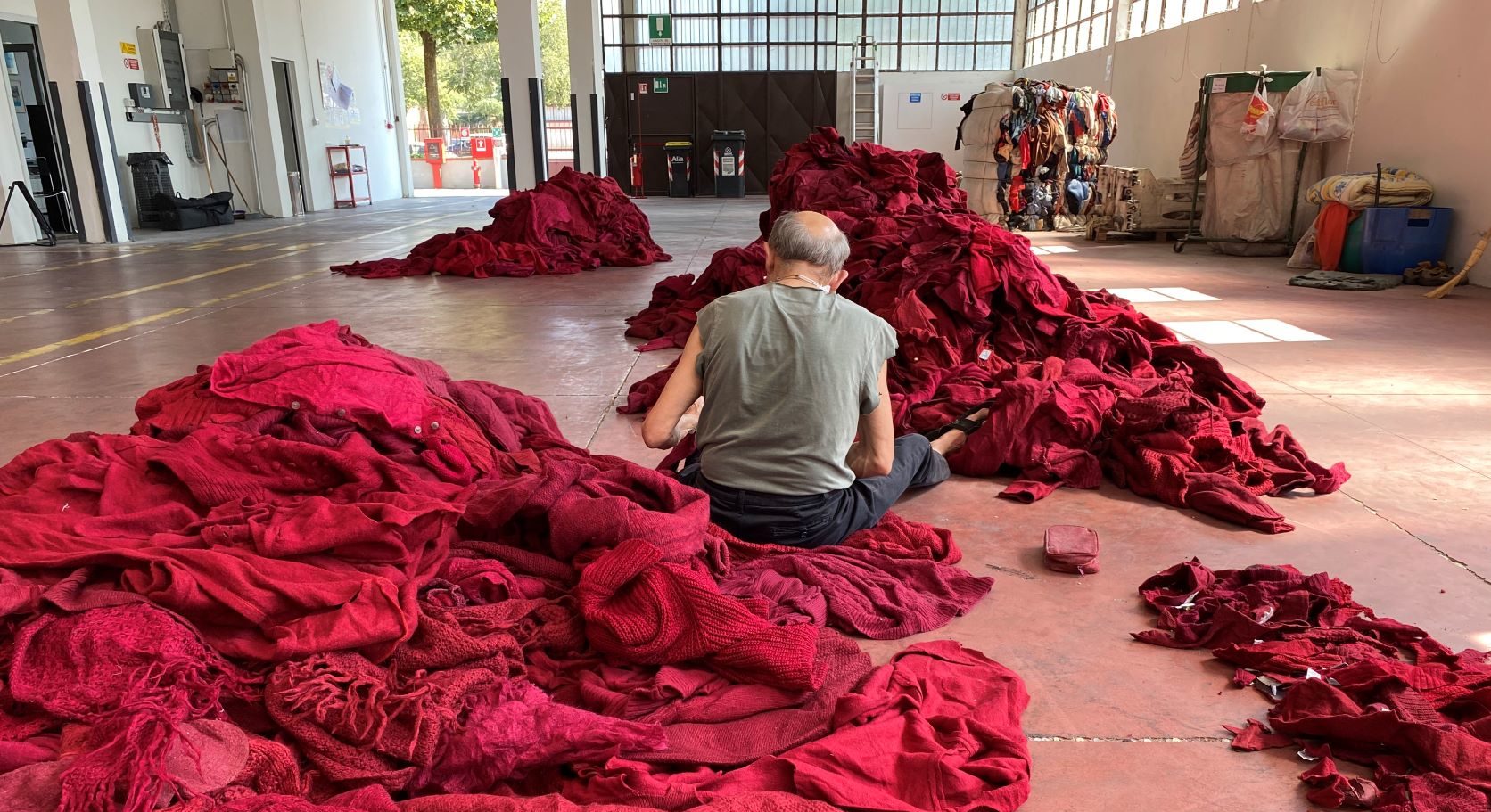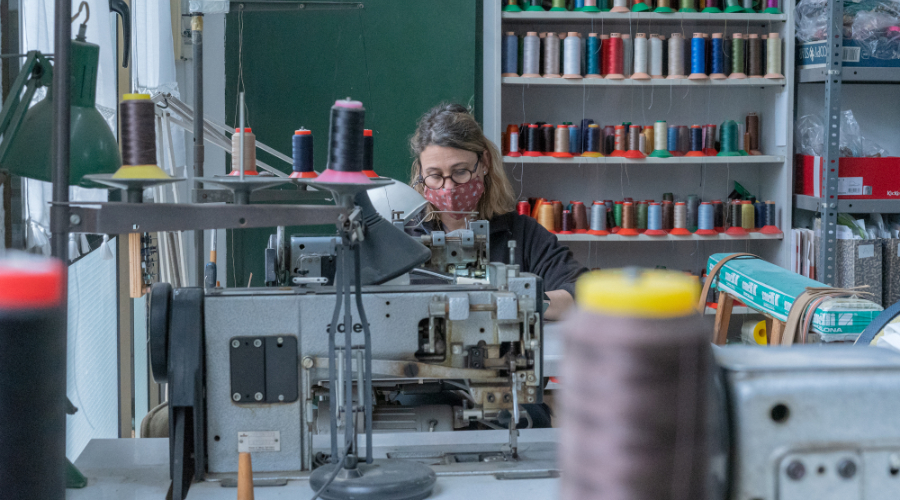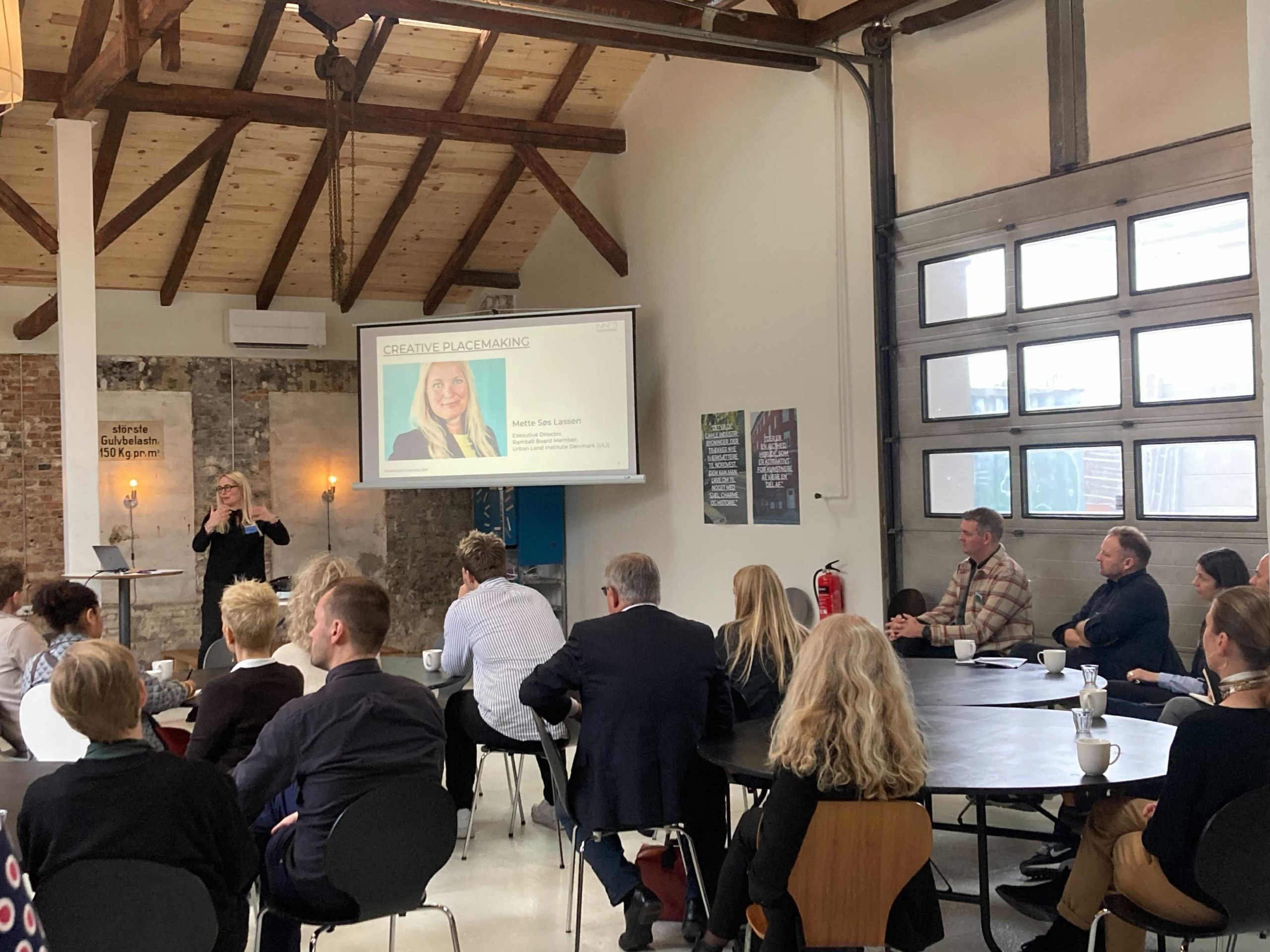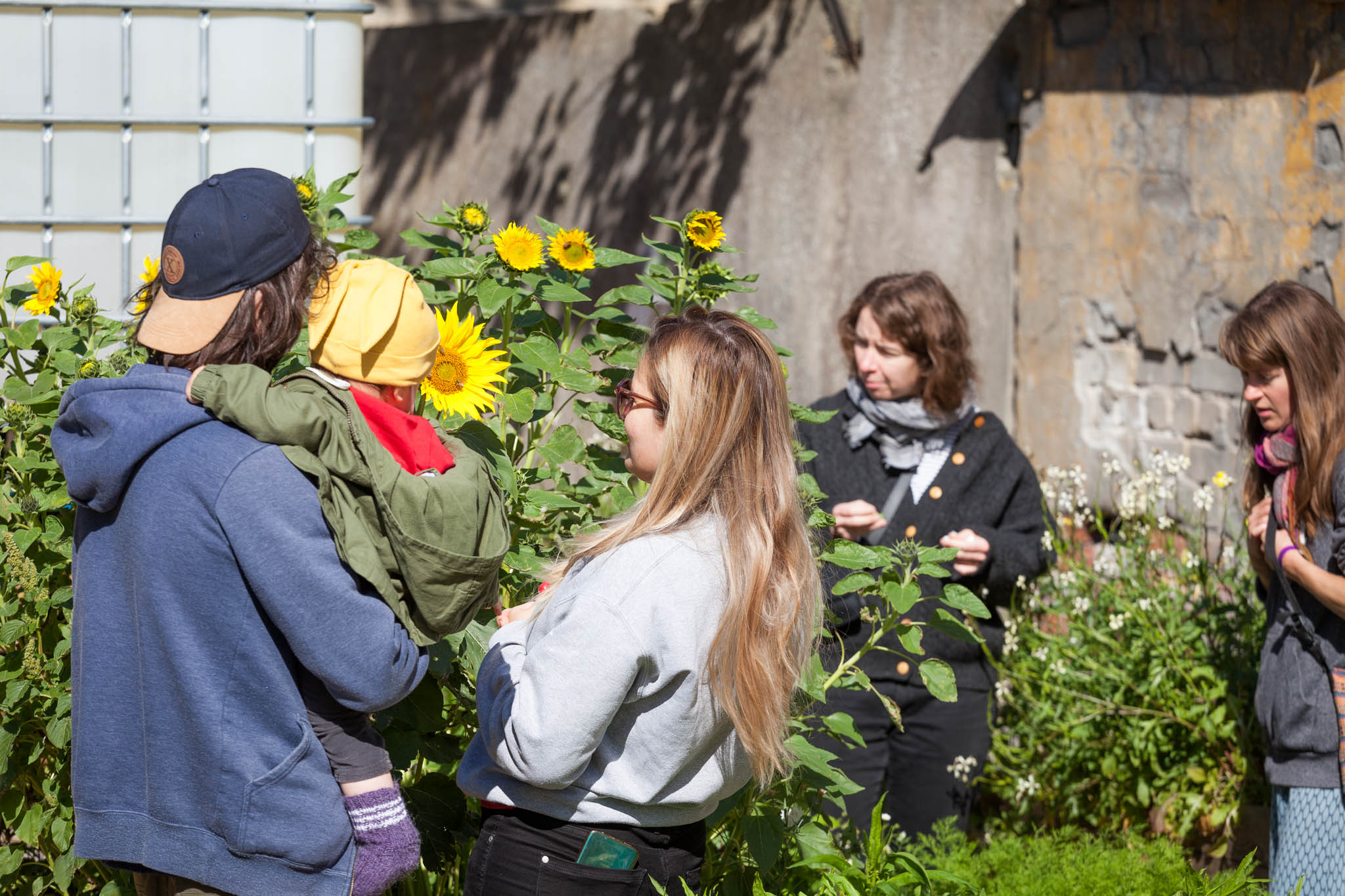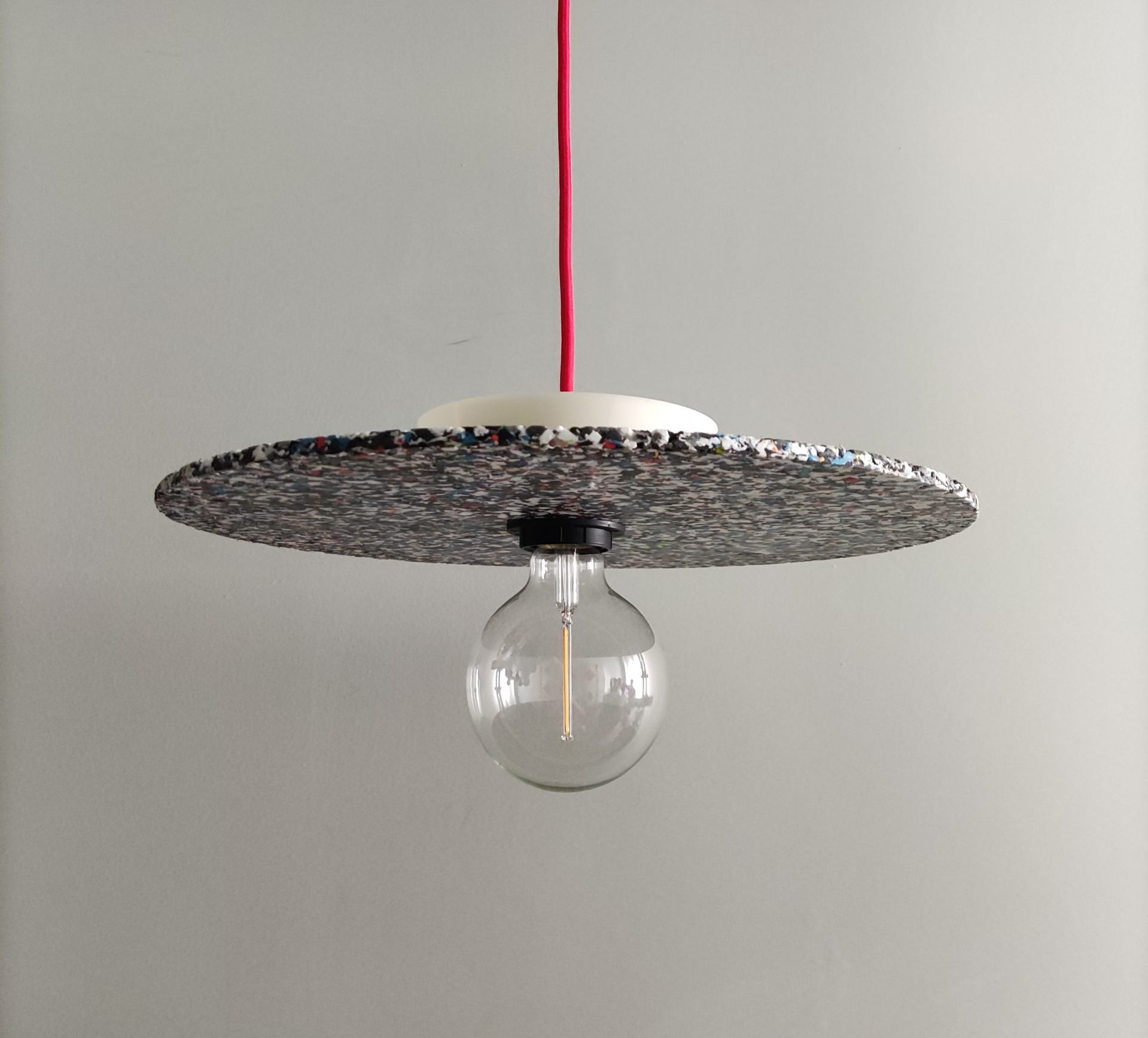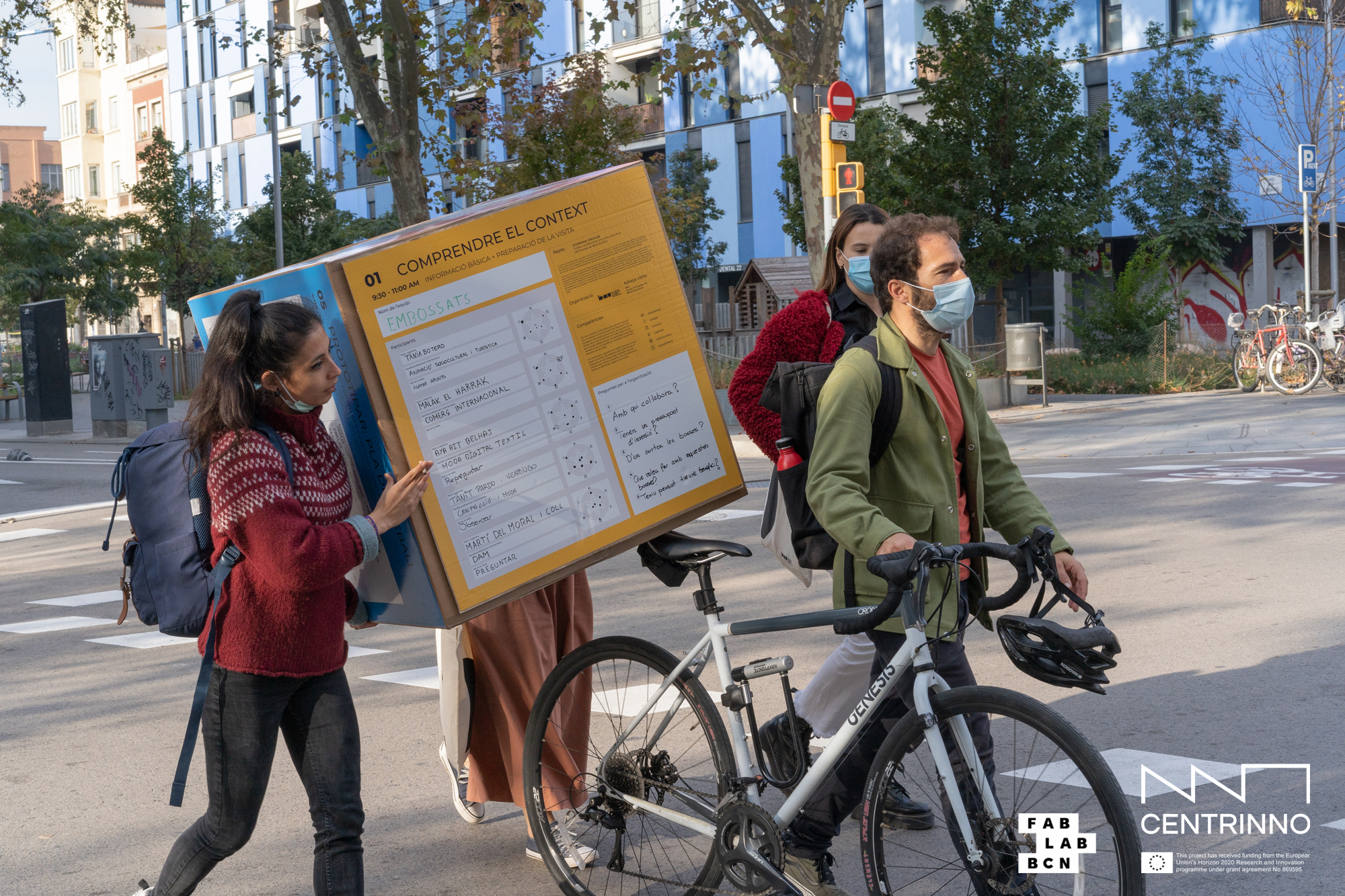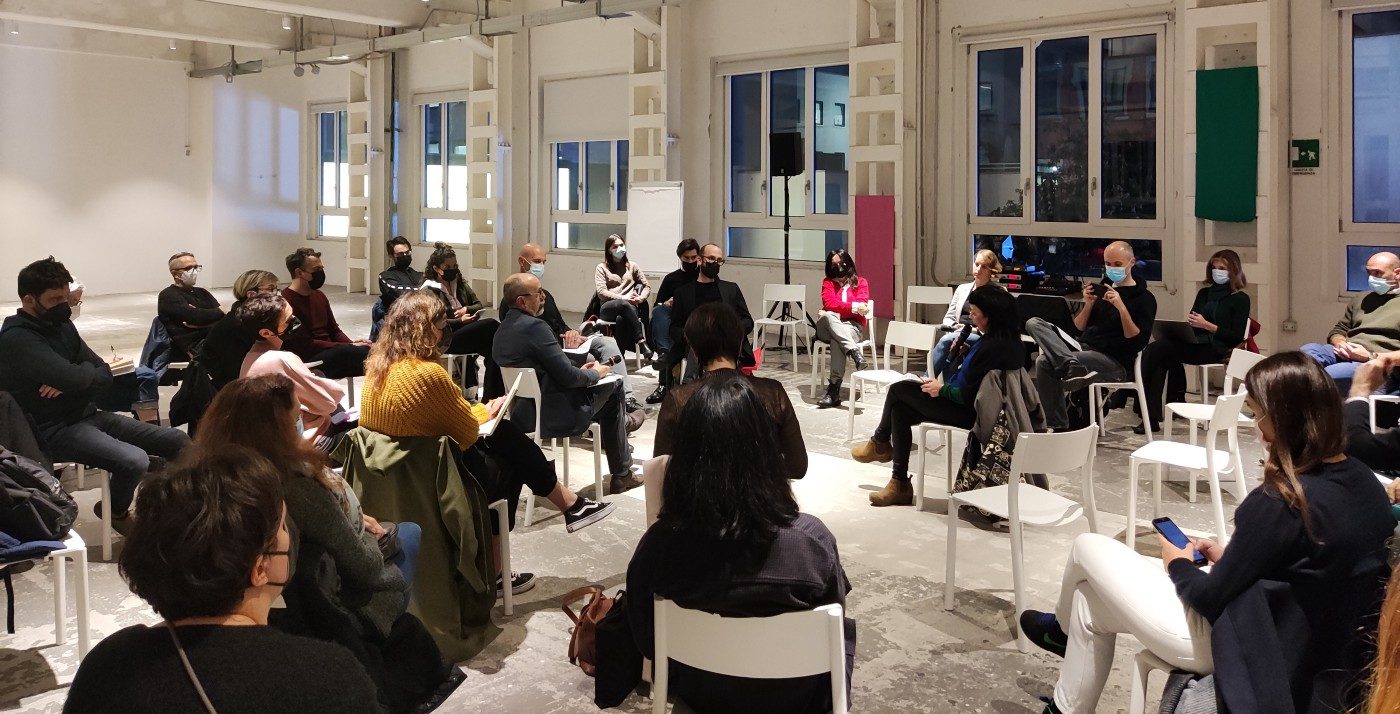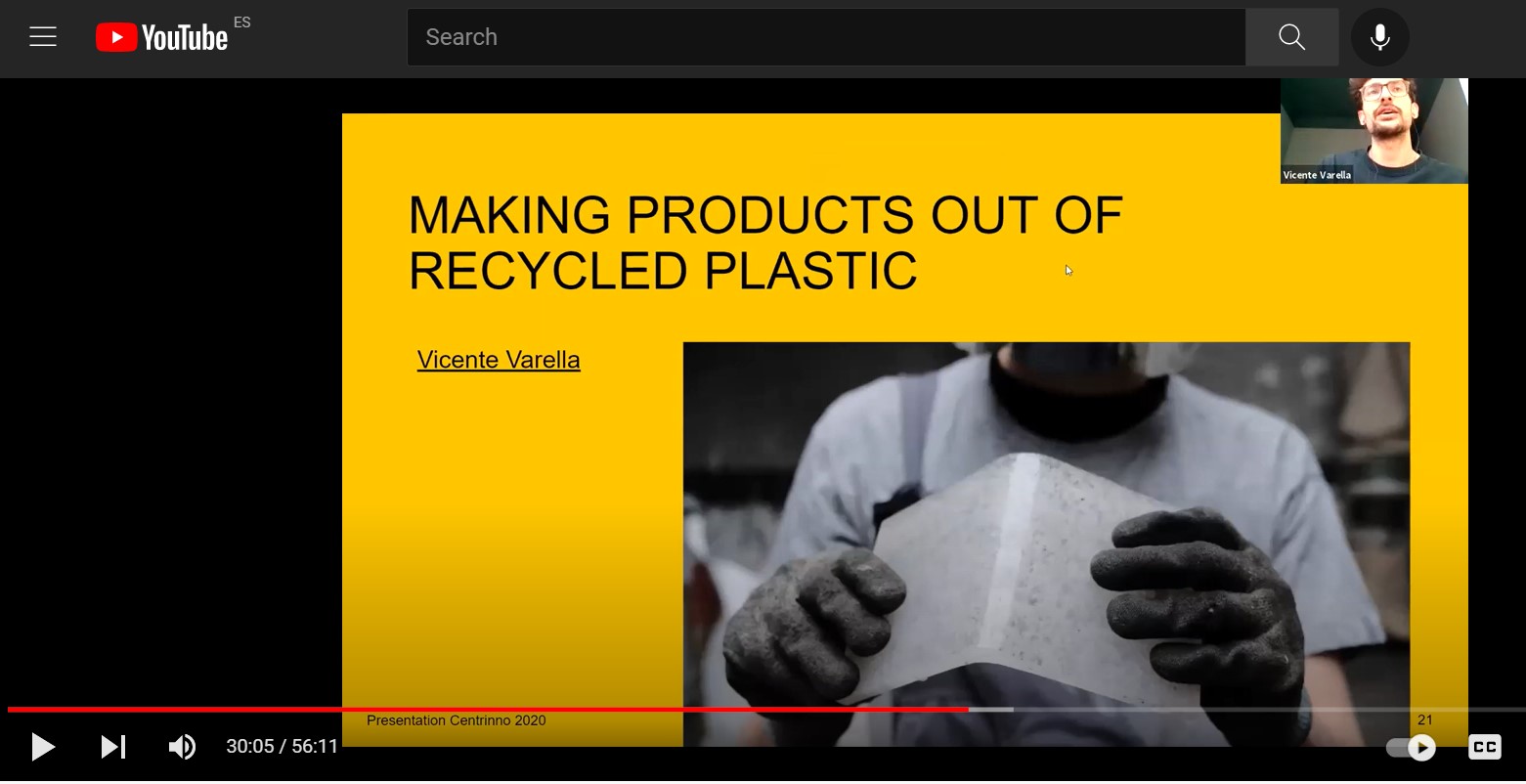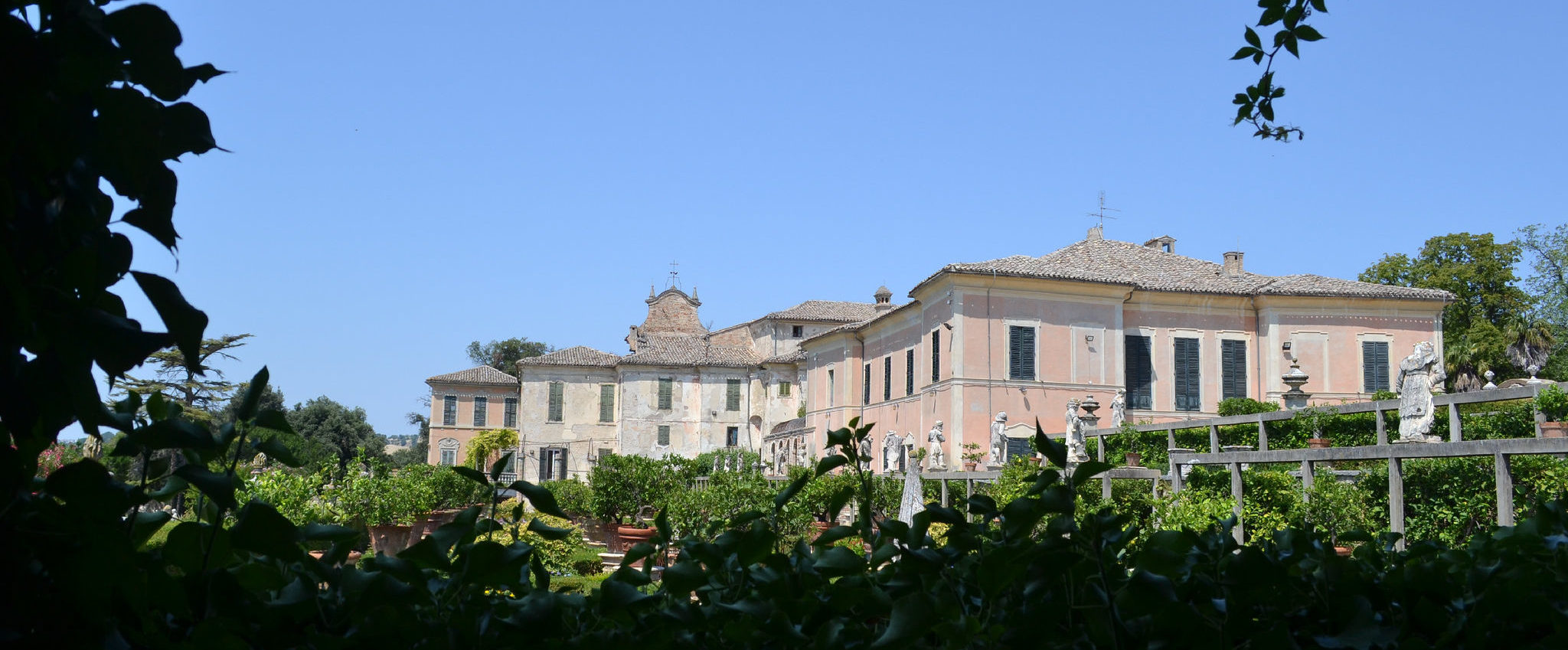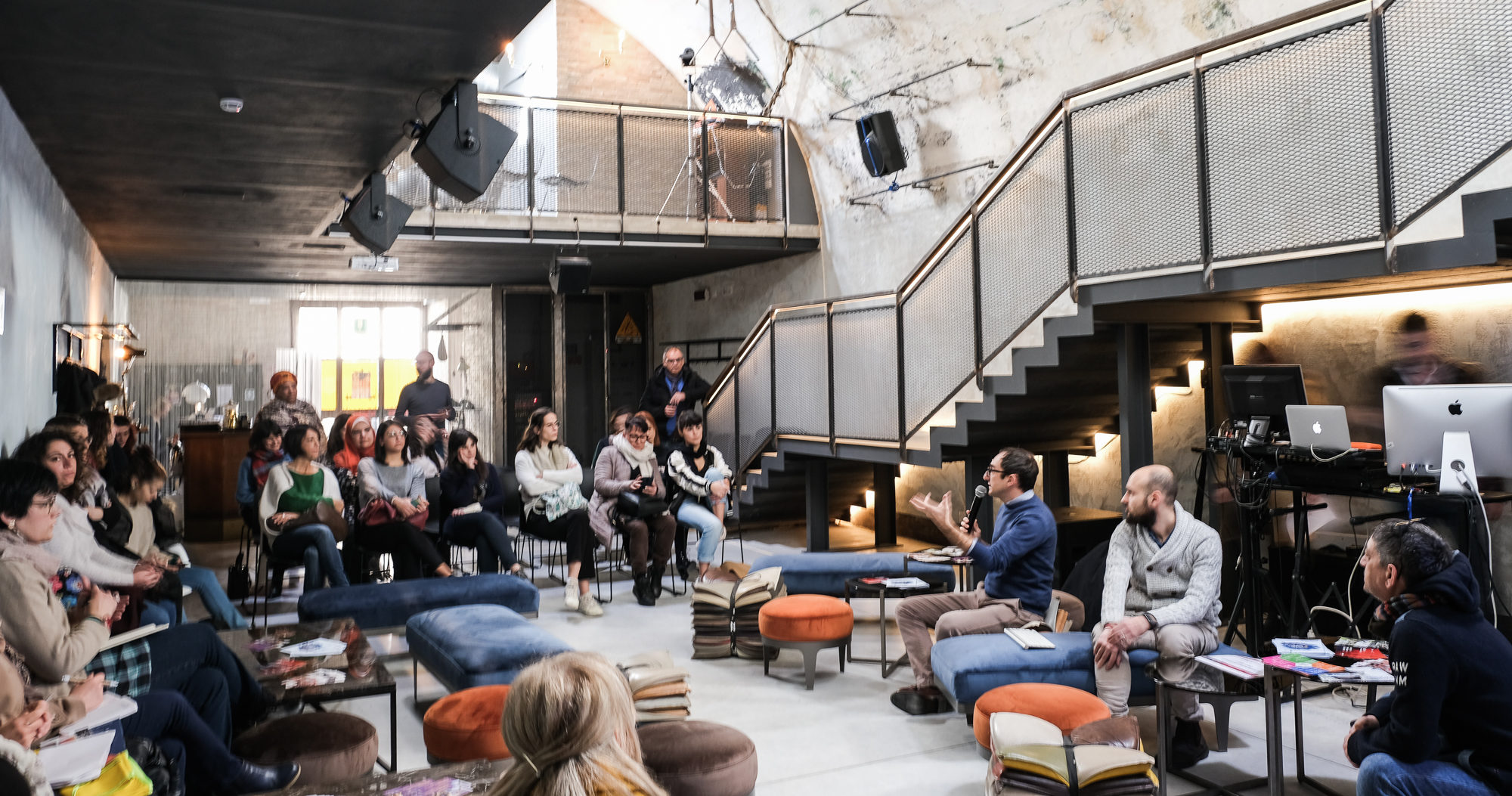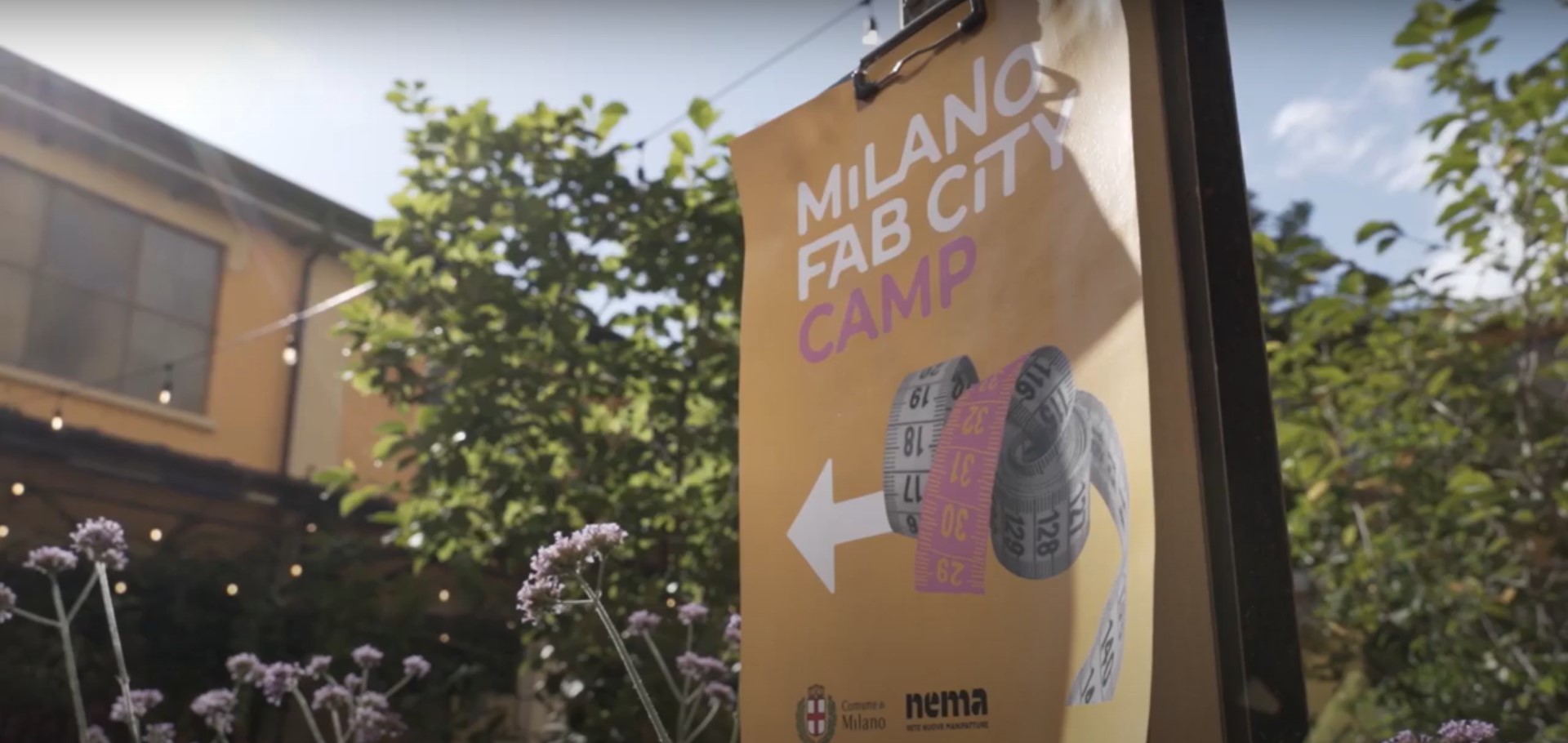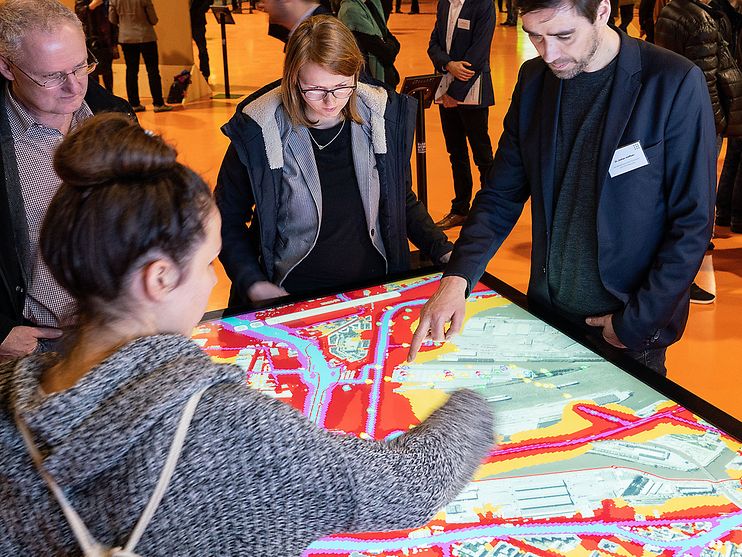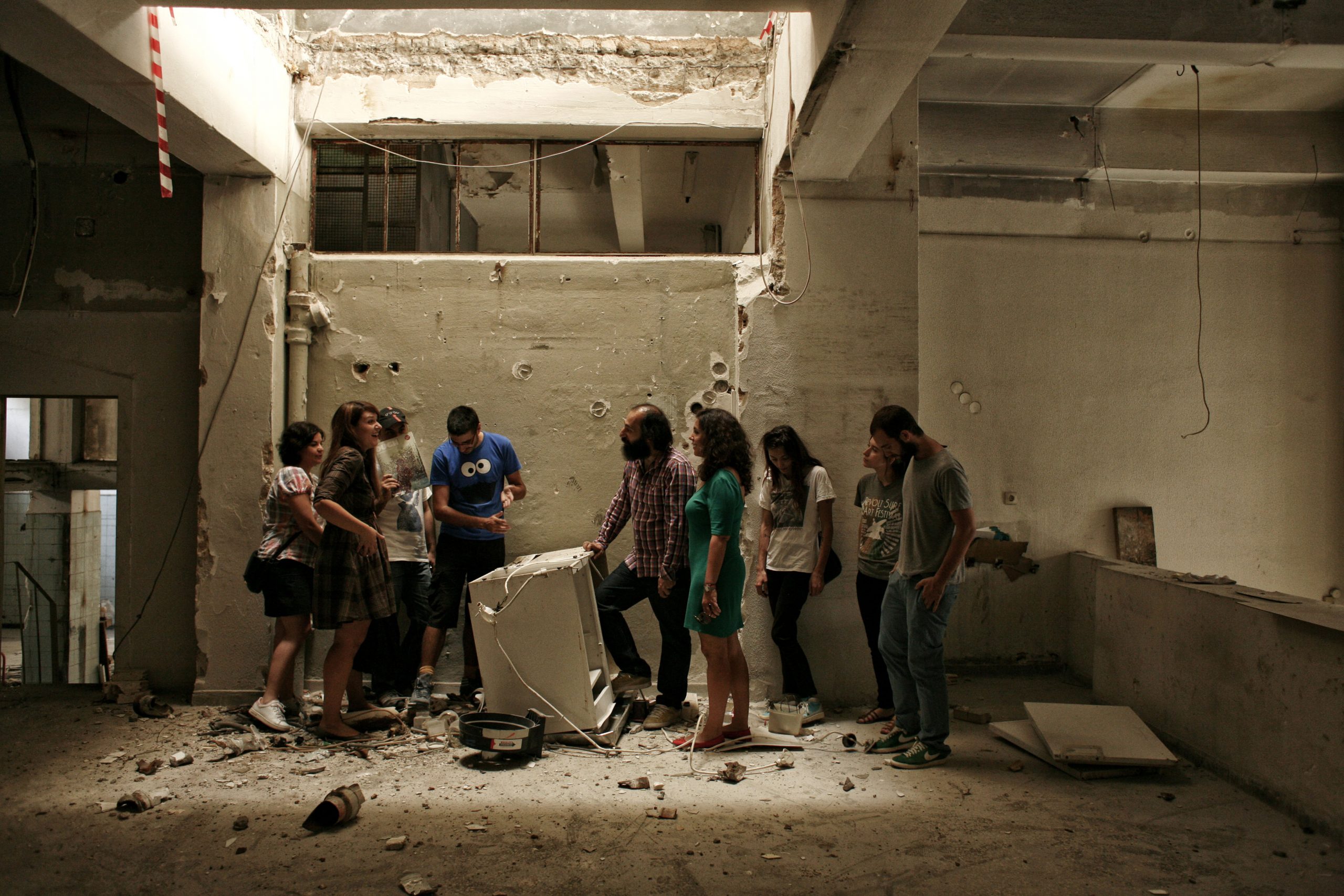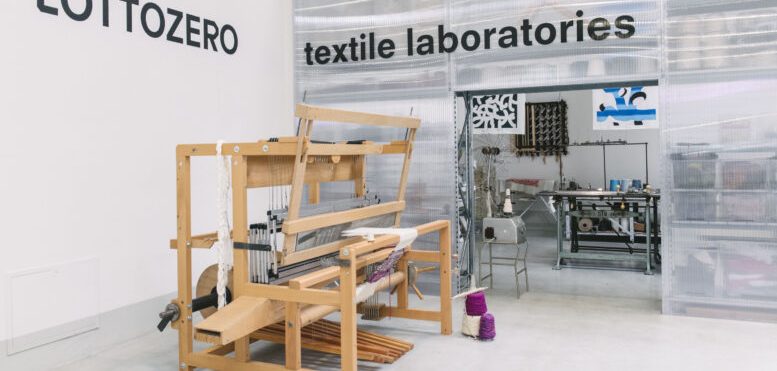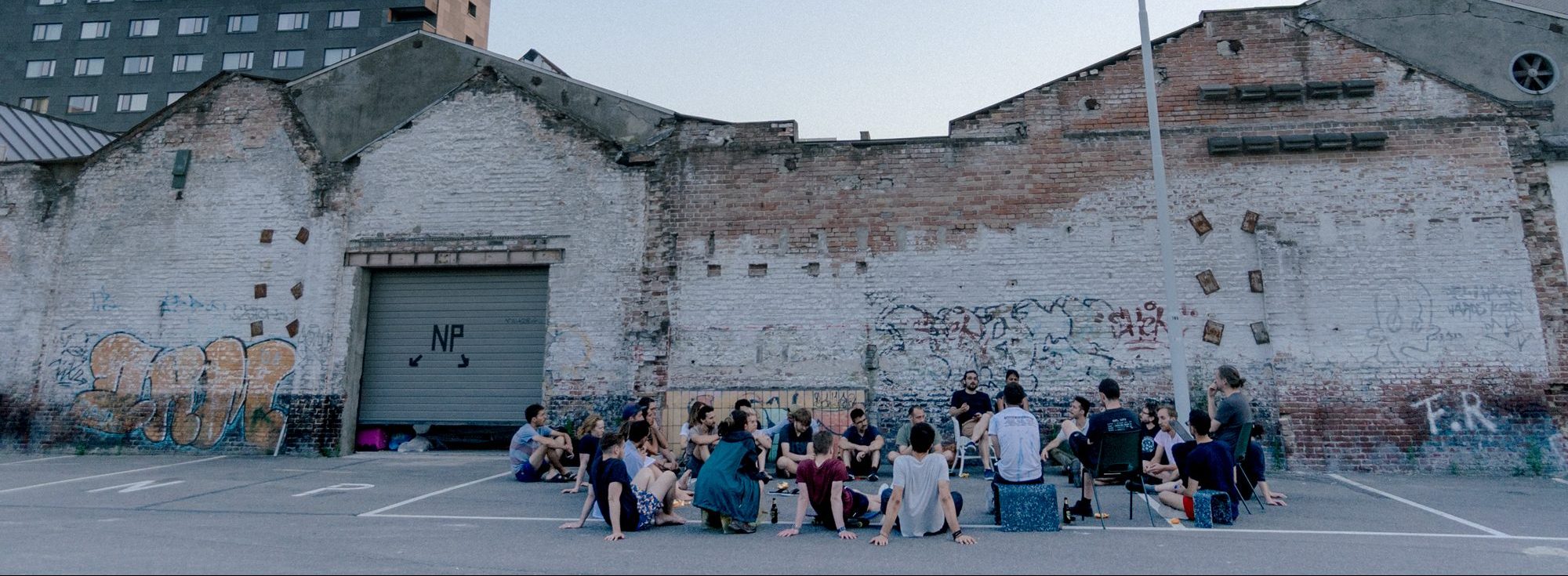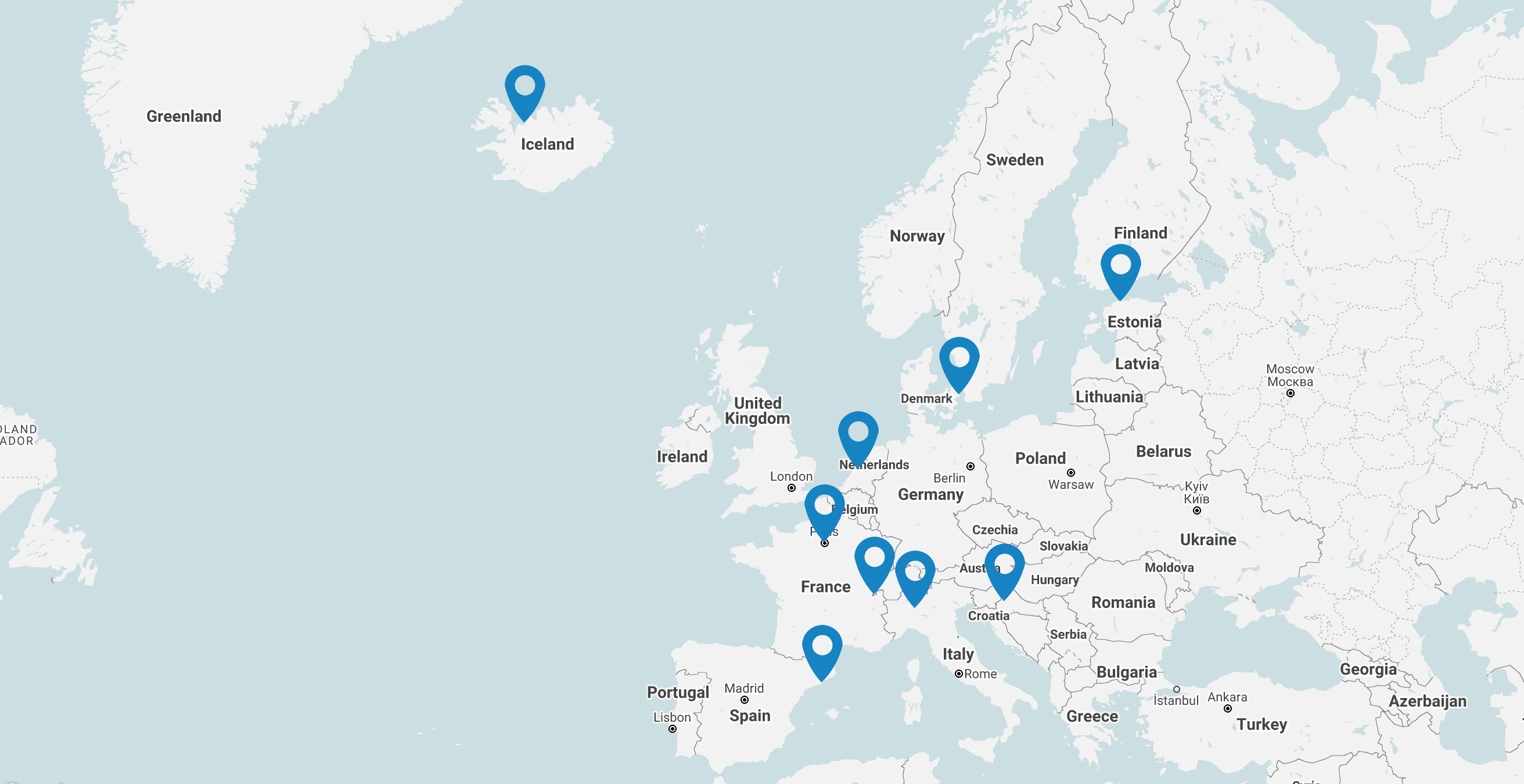BLOG
CENTRINNO Focus Group: Workshop #3 Circularity
Discover the main takeaways and watch the recording from the third workshop of the Focus Group
More information on the Focus Group series can be found also on deliverable 6.5 in the resource page.
In the third workshop we brought the Focus Group experts on a journey through the concept of circularity in the urban ecosystem. Circularity is conceived as an inclusive process where artisans, makers and actors of the local community contribute to fuelling a circular production system in the urban fabric. The event started with a reflection on circularity (and its inclusivity) from past until present. A special focus was devoted to the role of local networks and the importance of mapping resources, skills and infrastructures.
In the event, we introduced the Focus Group to the CENTRINNO tools to facilitate circularity in the urban ecosystem. Moreover, we shared concrete experiences from the pilot stories from Amsterdam and Milan. In the bullet points below we share some of the main highlights from the discussion.
- CENTRINNO understands circularity as a web of decentralised and integrated players made of both big actors and small scale producers that interact with each other and transfer specialised skills, resources and knowledge. The integration of makers and small scale local producers into the urban fabric is key to achieve a more sustainable and inclusive circular urban ecosystem.
- In order to achieve an interconnected web of urban circular economy actors it is key to map the stakeholders and local actors involved in circular process. The CENTRINNO Cartography tool support this process by mapping the local circular community and the distinctive features of each player.
- There is an outstanding need of spaces for production, reuse, repair and recycling that are located and remain close to where people live. Today, spaces represent a common challenge towards achieving circular ecosystems as these actors are often phased out or pushed outside of urban centres.
- Circularity shall be connected to the “15 minutes city” concept, so to ensure that circular makers and producers are embedded in the strategic planning of the urban fabric.
- Top-down approaches such as Material Flow Analyses can be seen as a component, but not as a standalone tool to map circularity opportunities in a city. These should be complemented by bottom-up information provided through local makers inputs.
- Education is a key enabler to prepare circular producers and makers for the future. Knowledge and skills empowerment paths are essential since the schooling period and throughout the professional training phase.
- Policy lobbying is key to strengthening the network of makers and increase their visibility and relevance. Advocacy efforts to the community and the municipality are key to showcasing makers’ contribution to commonly shared sustainability objectives.
- A mismatch of perceptions and asymmetry of information exist between small scale local producers and the governance layers of the city, which may result in tensions that undermine the collaboration around common objectives.
- Organising events and tailored communication strategies on urban circularity are key elements to facilitate the convergence of mindsets between local producers and policy makers. These mutual engagement efforts also contribute to overcoming trust issues between the parties, thereby reapproaching their interests around shared objectives.
- Depending on how far cities are in their journey towards circularity, tools such as the Cartography mapping cannot replace other substantial activities like reviewing legislation, strategies and policies.
- Municipalities shall act as an advocacy bridge towards higher level competent bodies. Some challenges connected to regulation and waste management transcend from the municipality competences. In this context, a convergence of objectives and needs between the local community of circular producers and the municipality is a key enabler to trickle up the challenge to the relevant public authorities.
The empowerment of circular producers shall be among the priorities of any urban regeneration process aiming for a long-term sustainability, continuous development and self-alimentation. The CENTRINNO experience has revealed that there are adequate tools, instruments and sufficient local knowledge and expertise on circularity.
Moreover, we advocate that there is large room for convergence between the policy makers’ objectives and those pursued by local communities of producers. However, the CENTRINNO experience has also revealed that asymmetries of information, different perceptions and sometimes discrepancies on the needs and requirements exist between top-down (policy makers) and bottom-up (makers) approaches to circularity.
Therefore, to improve the implementation of circular urban ecosystems we need to be more effective in showing the benefits of the tools and activities already in place and the convergence with the municipality declared objectives. In this context, strengthening urban webs of makers and producers is key to increase influence and advocate for the spaces and resources needed to continue enlarging the circular urban ecosystem.
Download the presentations here:
Do you want to participate in the next workshop? REGISTER HERE
More info about the other workshops:



